This post has been a long time coming. It’s been a couple months since we visited Shaw Park Gardens in Ocho Rios, Jamaica, but there were so many pictures to sort through, edit, and identify. Paul took notes while I fired off about a million pictures and it took a while to match up my pictures with his notes. In addition, neither of us were familiar with most of the plants, so it took a lot of googling, describing leaves and flowers, and going with google’s “Did you mean ___ ?” suggestions.
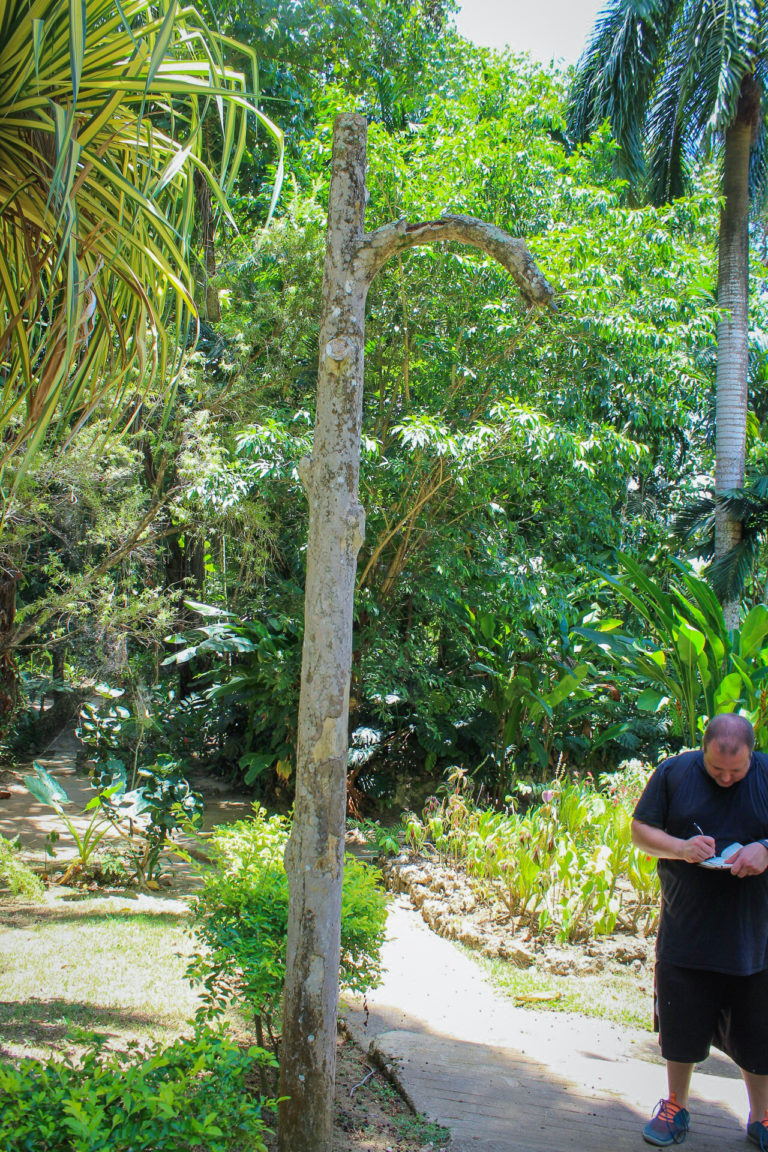
I was blown away by how beautiful Shaw Park Gardens was. You could subtitle the gardens “What Houseplants Look Like in Their Natural Habitat”. If you know anything about houseplants, this place would be hog heaven for you. Seeing where what we consider houseplants grow naturally can give us a good idea for their care. I have never seen so many maidenhair ferns grow so naturally and easily in one place. They were growing in every nook and cranny of the entire garden – on stairs, in cracks of walls, and under roots of other plants.
At times, I felt like I was in an Indiana Jones movie or maybe Legends of the Hidden Temple. The stonework felt like it was from another era (century? millenium? Whatever best conveys that it looks like it was from ancient times.) As we were walking down some stairs, Gregory said to watch our step and that “if you don’t look where you’re going, you’ll go where you’re looking.” He was right.

Gregory was THE BEST. He was so patient as we asked what every single plant was, took a million pictures 
It doesn’t even look real! I also really struggled with editing this photo. Mid-day sun is not ideal!
Table of Contents
Waterfall
While Dunn’s River Falls is a major tourist attraction for most people visiting Ocho Rios, I would argue that the waterfalls at Shaw Park Gardens are more beautiful. And, you don’t have to deal with dozens of other tourists walking through all your pictures.
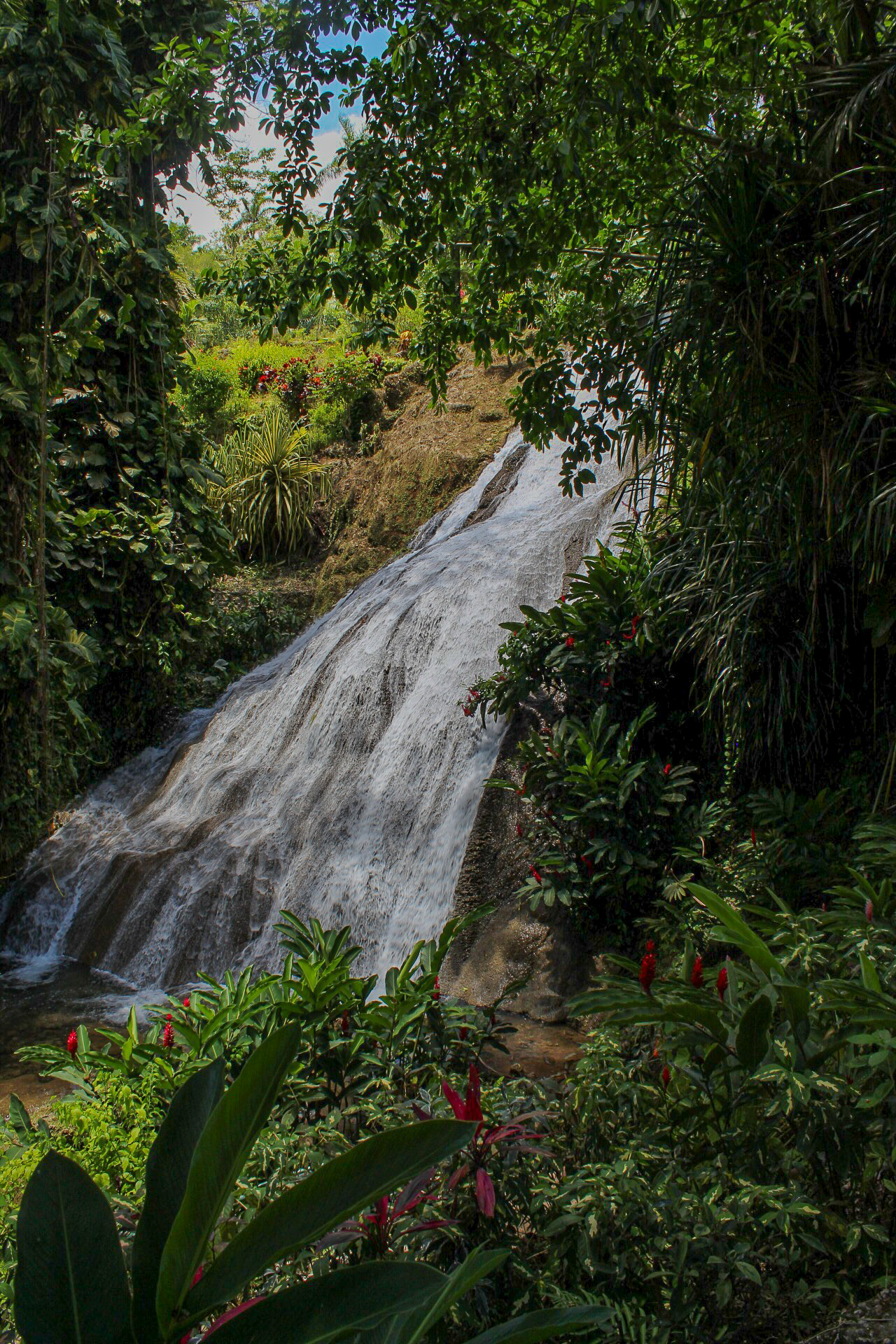
The plants around the falls are much more beautiful as well. Pro tip: if you ask your guide nicely enough, they might let you walk into the water and take your picture for you. It feels amazing!

Highlights
The water features and the general jungle-like atmosphere throughout were what made Shaw Park Gardens such a fantastic place to visit.
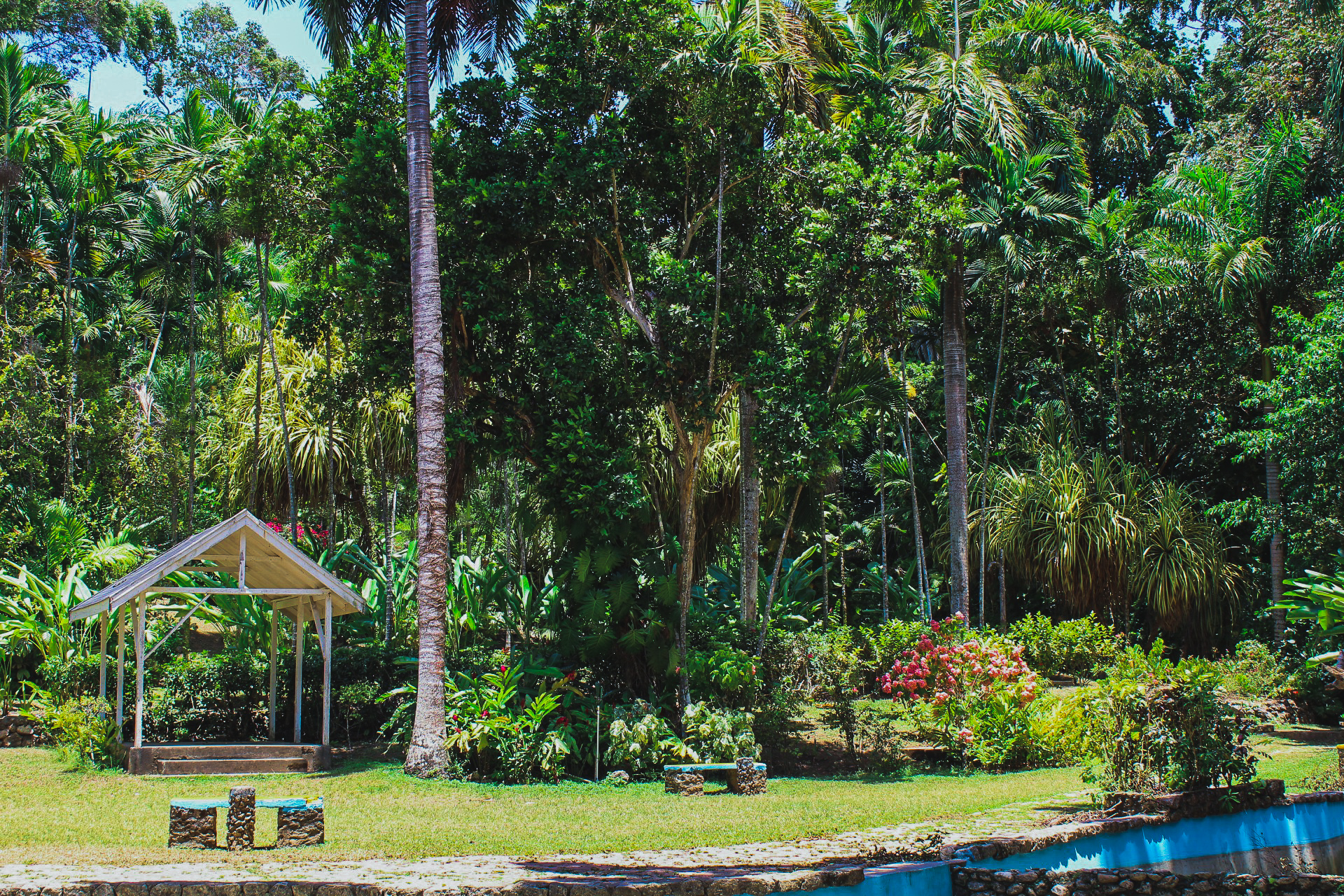

An incredible variety of plants line the paths of Shaw Park Gardens. Rather than looking like a hodgepodge of plants, it looks completely natural. Like they were all meant to be there and grew up symbiotically together. Every five feet I stopped Gregory and said “What’s that?” by another new plant that I saw.
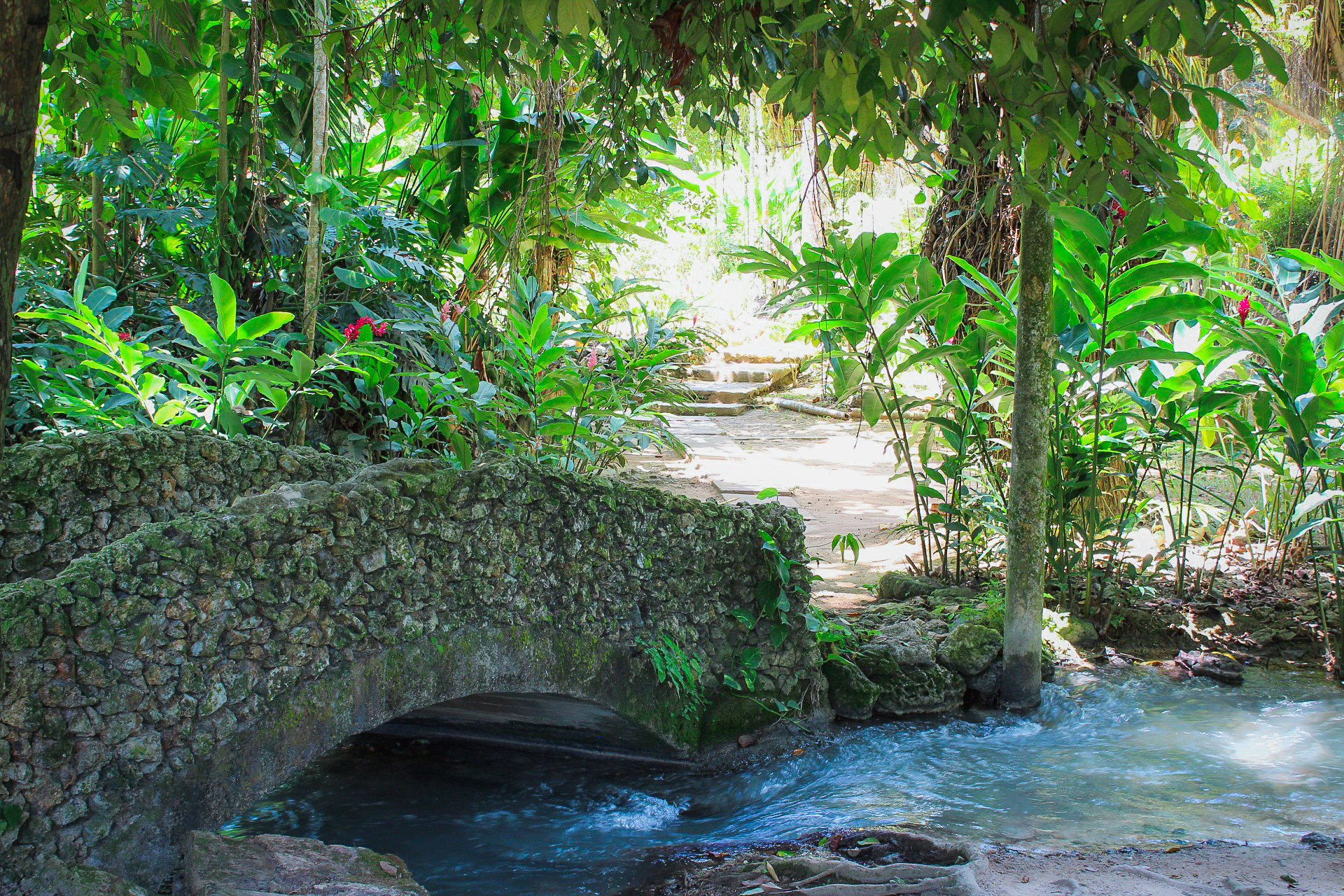
The banyan tree at Shaw Park Gardens was huge and impressive! We loved seeing how it sends down roots everywhere. It looks straight out of Jurassic Park. They even capped off some of the roots from above so it wouldn’t keep spreading everywhere.

Banyan tree roots creating a gateway 
Gregory showing how the roots come down everywhere 
Huge banyan tree!
Flowers
Now, at this point, I’m just going to bombard you with a ton of pictures of the beautiful plants and flowers at Shaw Park Gardens. It may take the page take forever to load, but I don’t care. The plants are beautiful and I am feeling my photography and editing on these photos if I say so myself.

Flower from the national tree of Jamaica – the Blue Mahoe Tree – held by Gregory 
Bread and cheese flower or Begonia vincentina 
Ixora flower 
White Buttercup or Turnera subulata 
Shrimp flower or Pachystachys lutea 
Mussaenda erythryophylla 
Plumeria 
Ginger flower peeping out 
Ball of fire in front of the waterfall 
Allamanda 
Mussaenda erythrophylla
Gregory was a champ for holding basically every flower in the garden for me while I tried to figure out my camera settings to get a picture. I watched basically every beginner photography video on the flights over but still just ended up flipping between a bunch of different automatic camera settings to get these pictures. Apparently half of day of flying isn’t enough time to learn everything about your camera. ¯\_(ツ)_/¯

Powder puff tree or Calliandra haematocephala 
Bougainvillea
Bougainvillea was everywhere in Jamaica, and I am jealous it isn’t hardy in Tennessee. I would have to endure hotter weather, but sometimes life takes sacrifices.
Houseplants in their Natural Habitat
In houses, peace lilies just seem meh to me. Google “funeral plant” and up pop millions of images of peace lilies. No seriously, do it. In this environment though, it was very pretty. As part of a landscape with other plants beside them, they look completely natural and as they should be. The philodendrons were HUGE and growing up the sides of trees. Puts my teeny little philodendron houseplant to shame. For reference, the width of the leaf was the size of my hand.
I don’t know what’s in the water, but the spider plants were huge there too. I know I know, they probably aren’t the same spider plants that are sold as houseplants, but it tickles me to think of our small houseplant being an actual TREE in Jamaica.

Peace Lily 
GIANT philodendron 
Spider plant – a lot bigger than mine 🙂 
Cactus with Dracaena in the foreground 
Creeping fig 
Traveller’s Palm or Ravenala madagascariensis isn’t actually a palm tree
The creeping fig looks cool, but is not edible. Gregory said “Anything the birds don’t eat, we don’t eat.” Good call.
Traveller’s palm is apparently not even a palm tree. Gregory told us that the fan of leaves on the trees are oriented always east-west or south-north. Of course, with every traveller’s palm I saw after that, I had to confirm whether this was true or not. It seemed to hold up.

Similar to the Banyan tree, the spider plant has aerial roots that come down all over the place. Gregory showed us that they will “cap” many of these roots before they get to the ground so that they don’t completely take over the place.
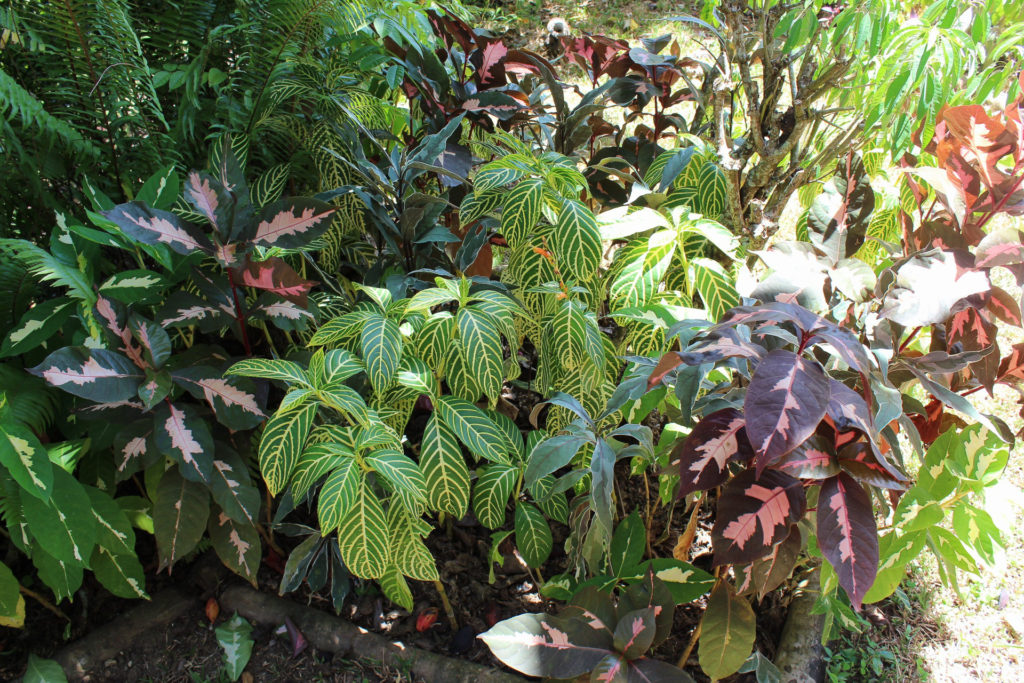
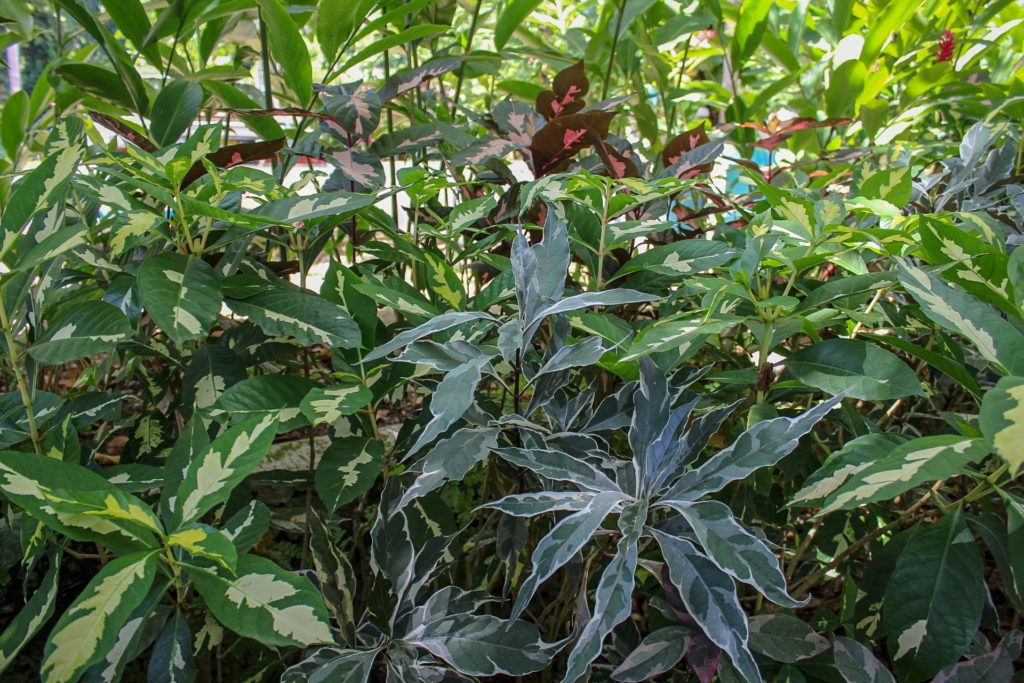
The Plant Identification Facebook group I am a part of came in clutch with their help in identifying the above plants. I sent out a post with the location and some pictures and several people responded within the day with these plant names. After some searching through google images for a while, I confirmed their identifications. Facebook is still good for a few things. 😉

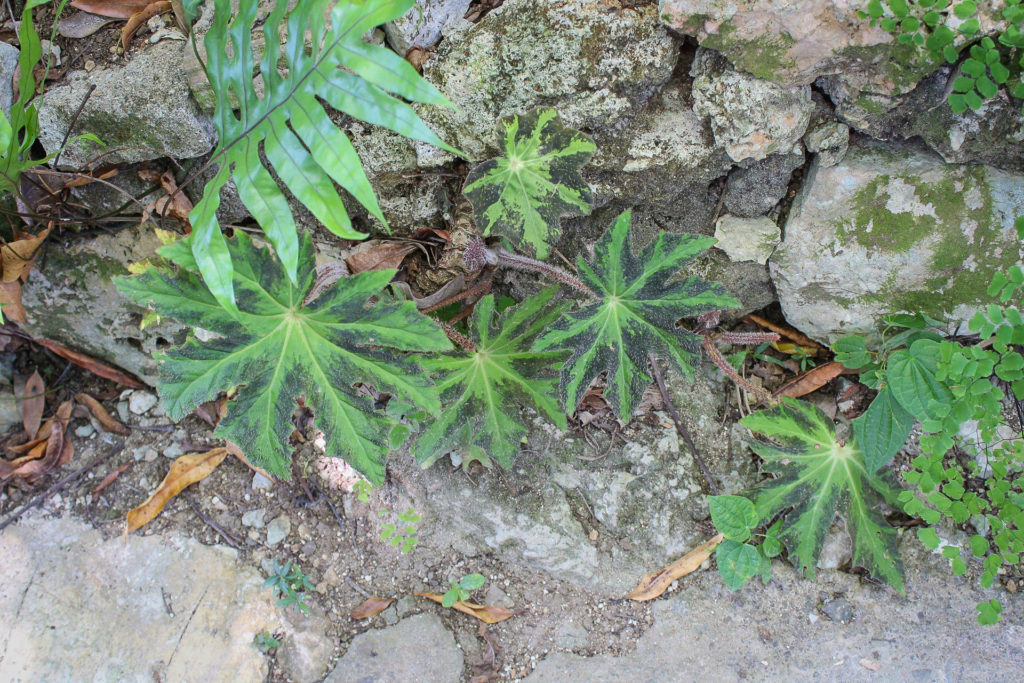
In many posts that I have read about begonias, they can be pretty finicky. This one, however, is growing out of a rock face, so it doesn’t seem like it should be so difficult to keep alive! Also notice that finicky maidenhair fern making an appearance again. Those things are practically groundcovers there. If only we could be so lucky.

It did kind of boggle my mind, though, to know that many of these plants are considered houseplants in so many part of the world. This isn’t really surprising when you actually think about it, but all plants that are grown as houseplants grow naturally outdoors in some part of the world. While it may not blow your mind quite like it does mine, it can give hints as to how these plants can/should be cared for if we look at how they grow naturally “in the wild.” They grow so effortlessly in this tropical environment. At the end of the day, most houseplants are tropical plants. That’s why we have to grow them inside in zones where they are not winter hardy.
Every Kind of Hibiscus
As I was trying to match up names/descriptions of plants to pictures, I would ask Paul to help decipher. He jokingly said, it’s another hibiscus. Turns out, more often than not, he was correct. A lot of the plants were some variety of hibiscus.

One of the many varieties of hibiscus is one with a red flower called the “shoeblackplant” in Jamaica. Paul wrote “shubla plant” in his notebook based on how it sounded. It took a lot of googling, but we finally arrived at the nickname Shoeblackplant based off the idea that these hibiscus can be used to polish shoes. From what I could gather through this extensive googling, this variety of hibiscus is called Hibiscus rosa sinensis. Gregory showed us how it polished on his own shoes. It did a pretty good job!

“Shoeblackplant” 
“Shoeblackplant” – Hibiscus rosa sinensis 
Hibiscus tiliaceus variegata 
Hibiscus rosa sinensis ‘Snow Queen’
Wildlife
Throughout the garden, there were a few banana spiders that Paul saved me from running into. Normally, I am petrified of spiders, but these spiders were so incredible that I almost didn’t mind them. Their webs were impressively intricate. Gregory knows a thing or two about photography, because when he saw that I was struggling to get my camera to focus on the spider instead of the background, he held up a banana leaf behind the spider to help me out. Seriously, Gregory is the real MVP.
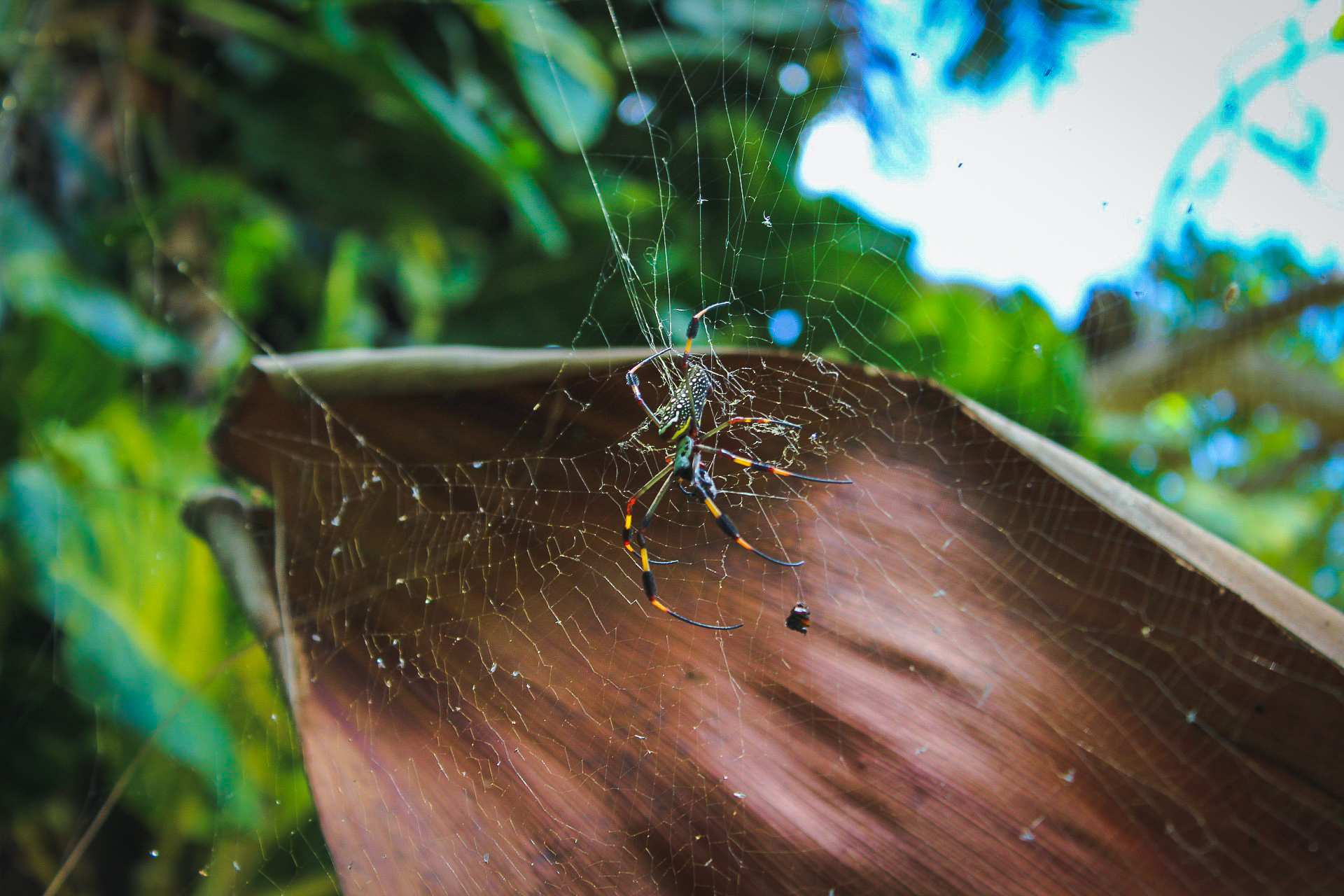
Their webs were so fascinating. Look how expansive the web is! Paul saved me from a potentially disastrous run-in with the spider and its web.

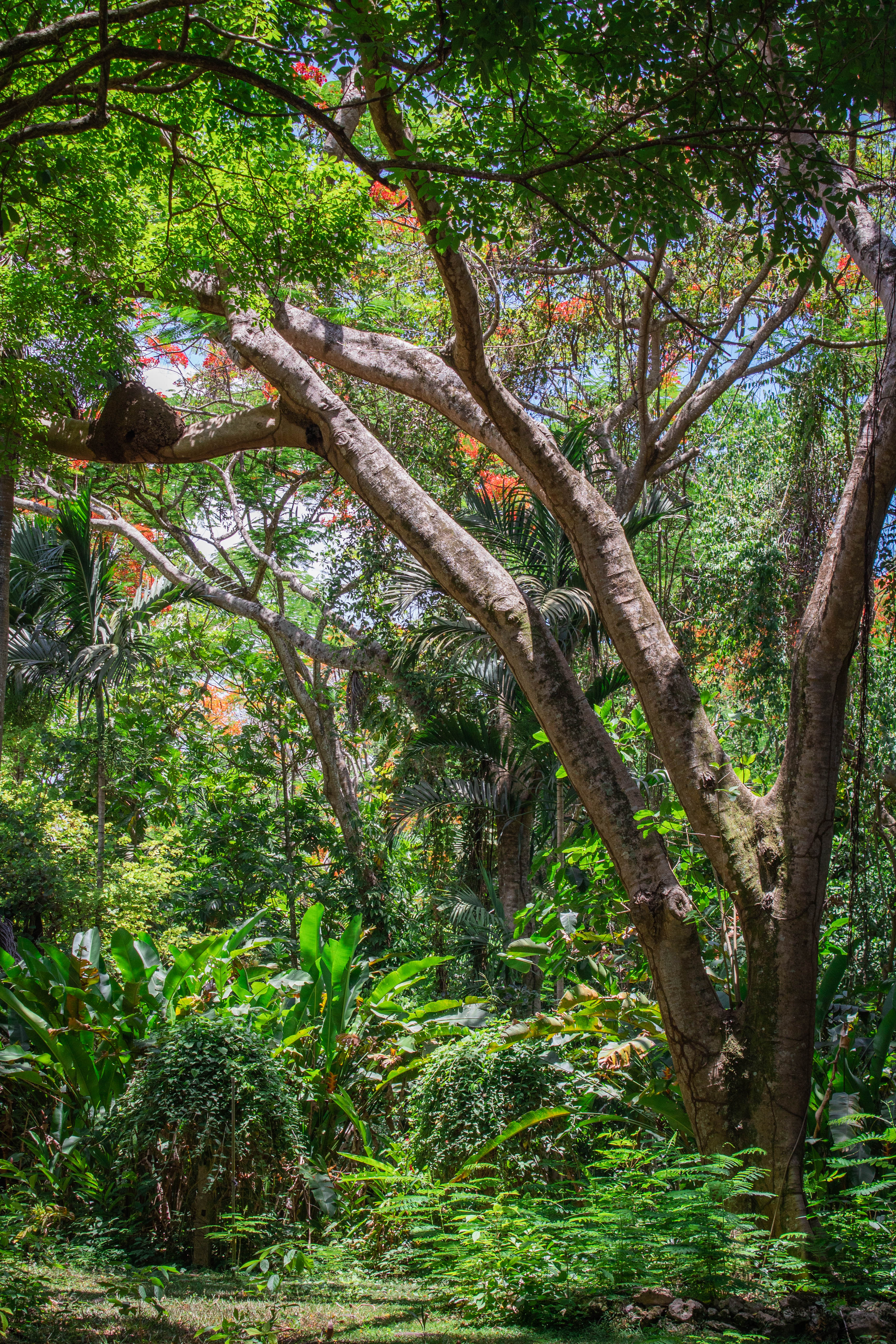
Notice the termite nest in the top left of the tree. Parakeets take over the inside of the nest, eat the termites, and make it their home. Also notice the incredible variety of plants in the foreground and background. Those bright red/orange flowers are from the royal poinciana tree.

Gregory was one of the highlights of the whole tour. Seriously, he had a wealth of plant knowledge, held plants for me to take pictures, was super patient and a generally funny guy. He turned the experience from good to great!
When we go back to Jamaica, I plan to visit here again. I know it seemed like this post would never end and that I must have included every plant there, but amazingly I didn’t. Not even close. It had an incredible variety of plants, and they all flowed well together. It didn’t look overly landscaped like many other botanical gardens. Everything looked perfectly natural and like they belonged there. Shaw Park Gardens – what houseplants look like in the wild. Make plans to visit if you find yourself in Ocho Rios and be sure to tip your guide!
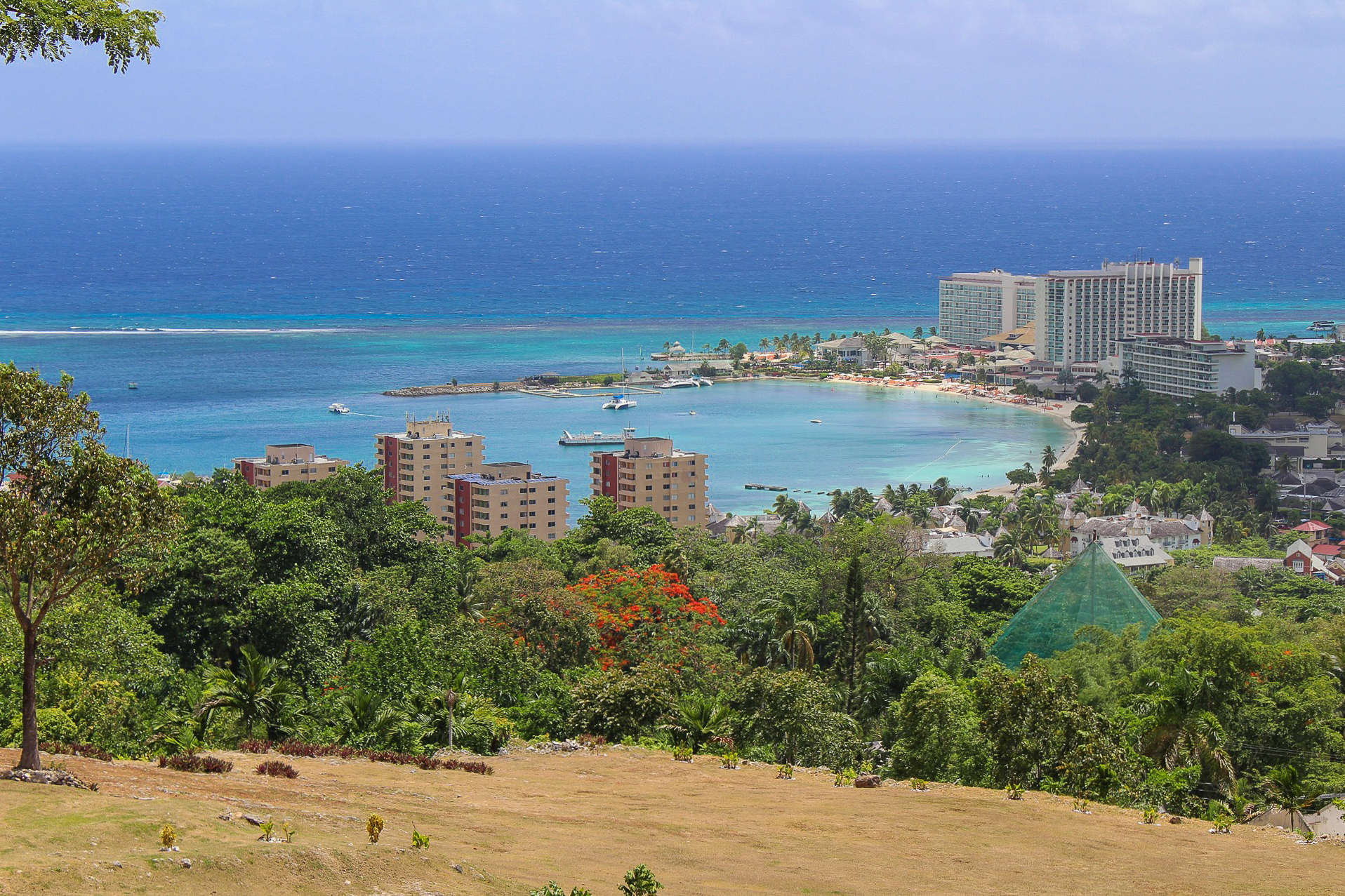
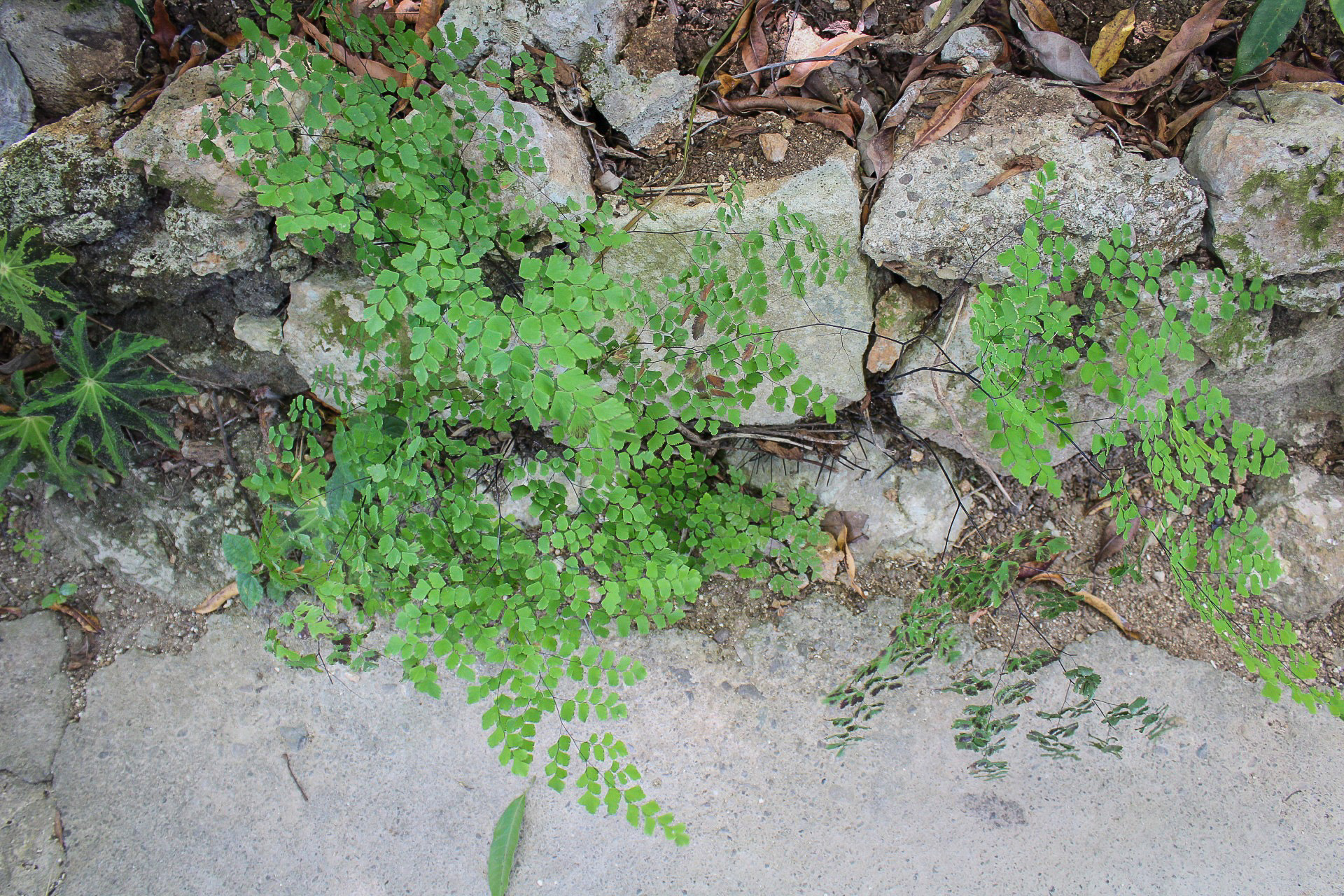
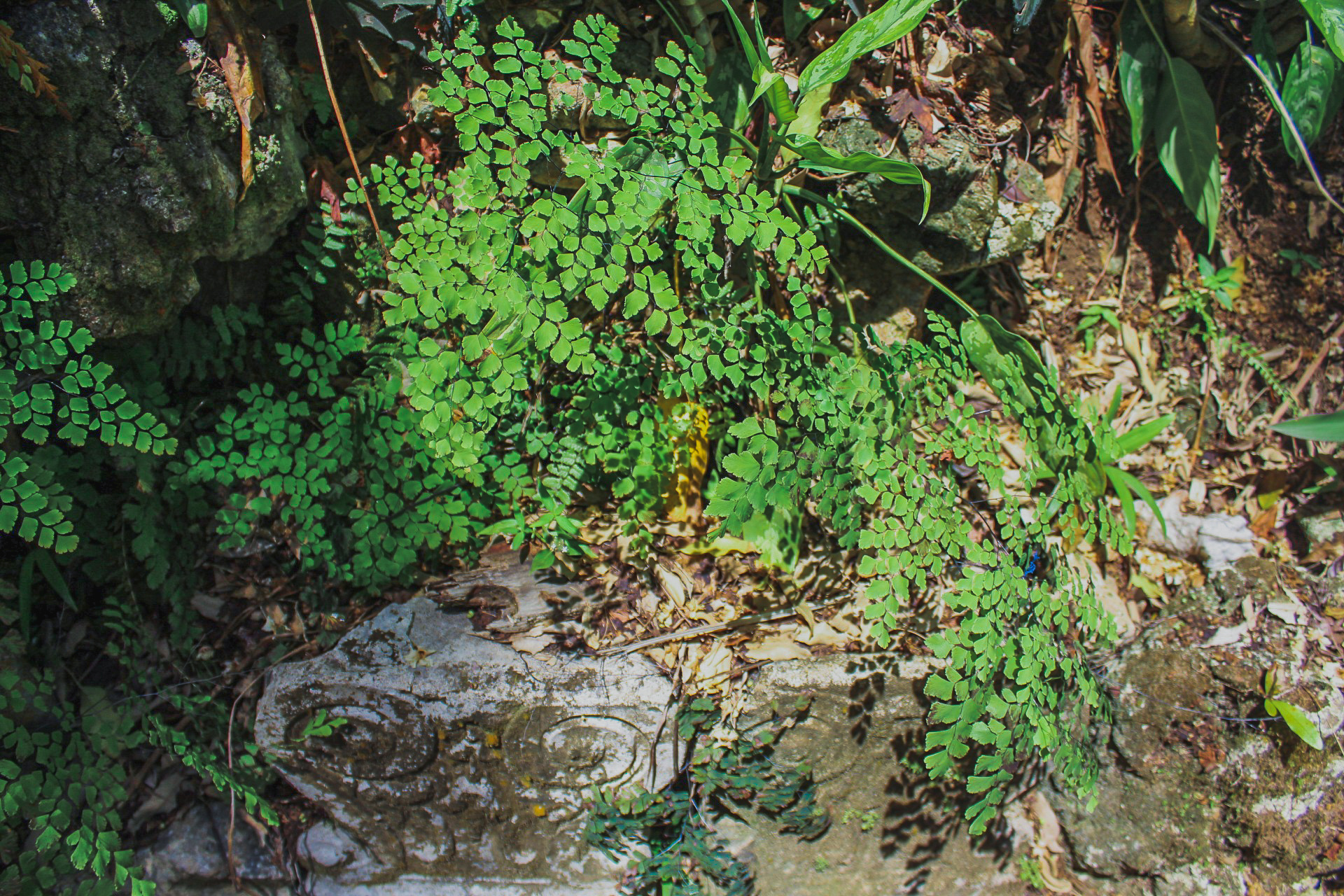
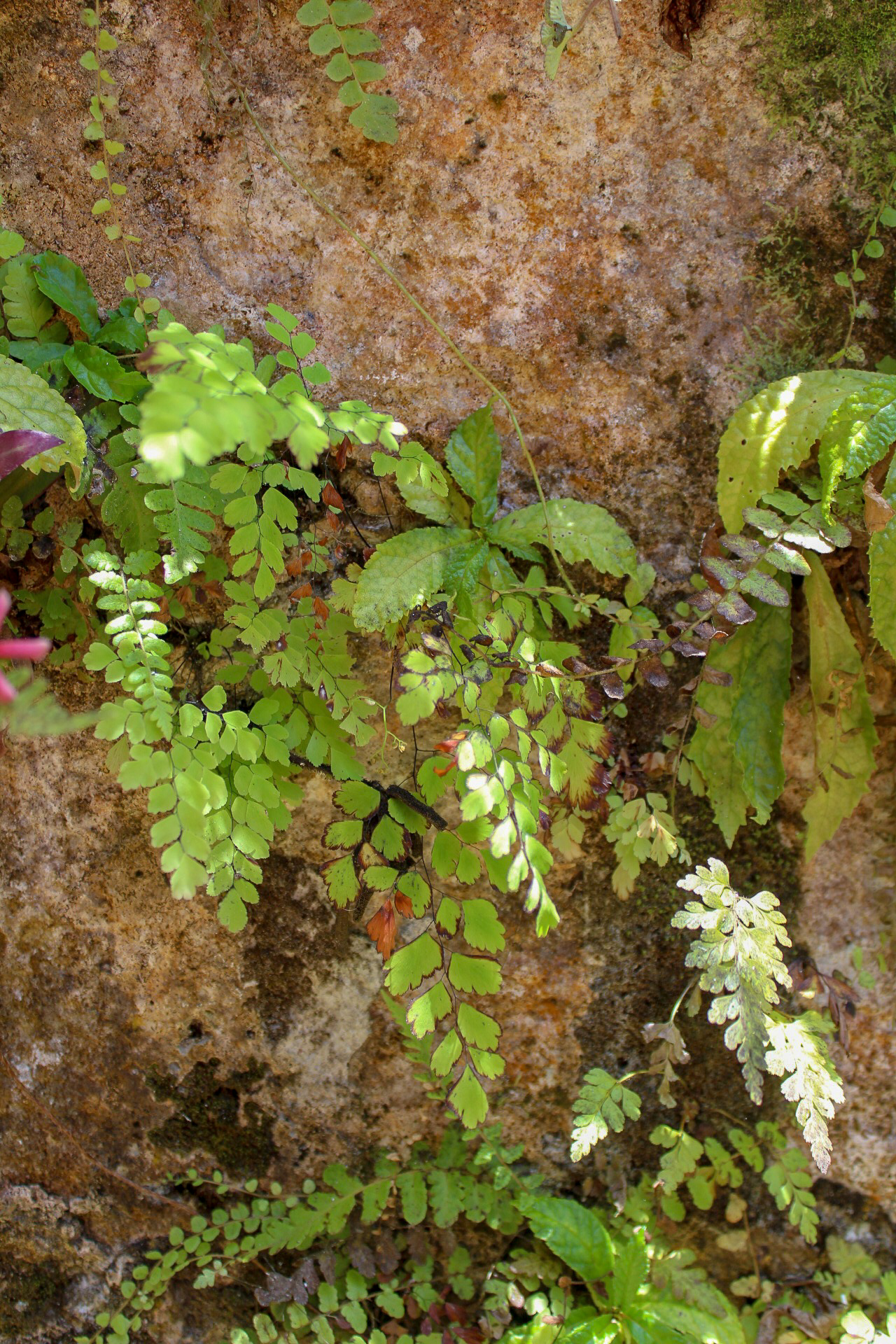

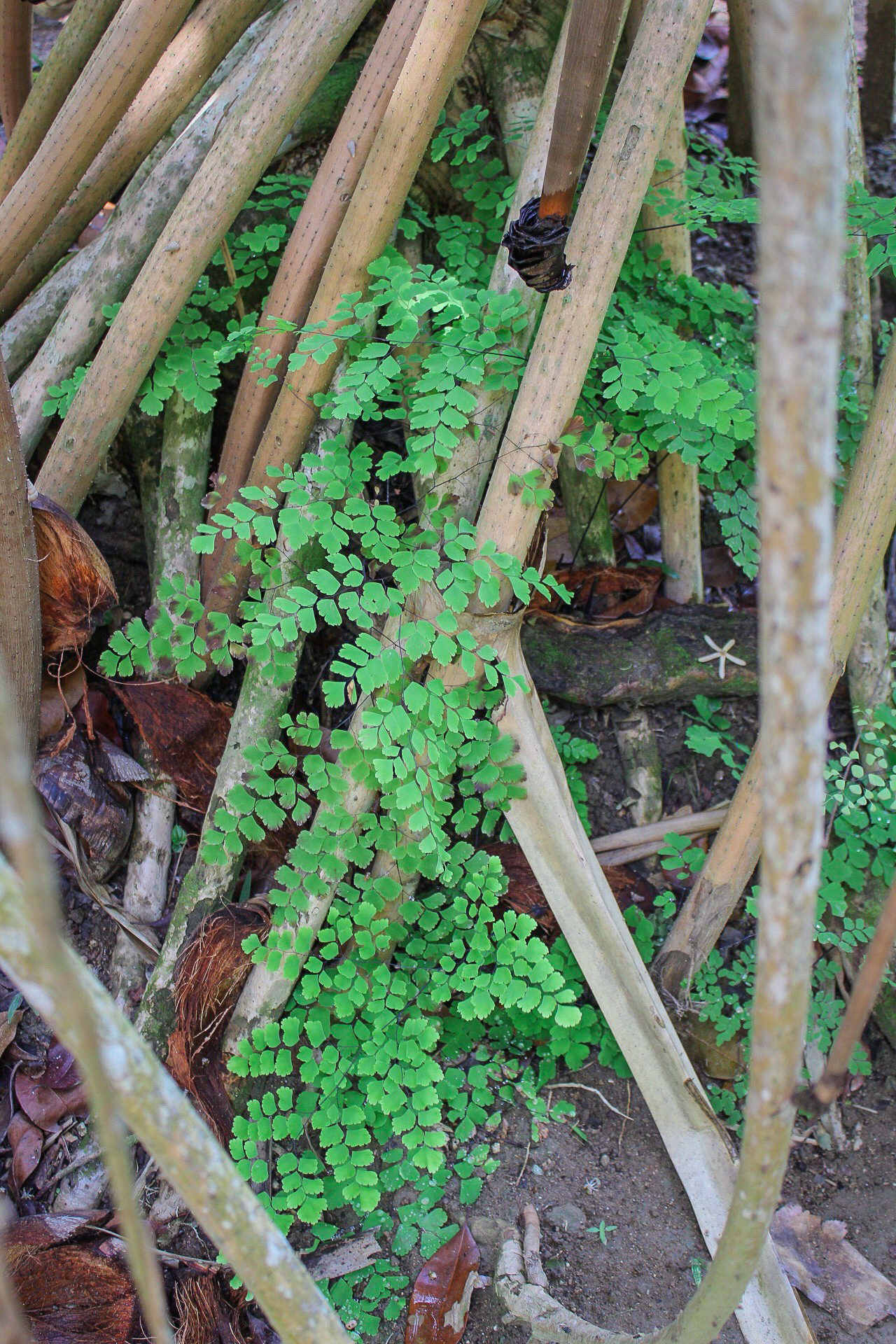
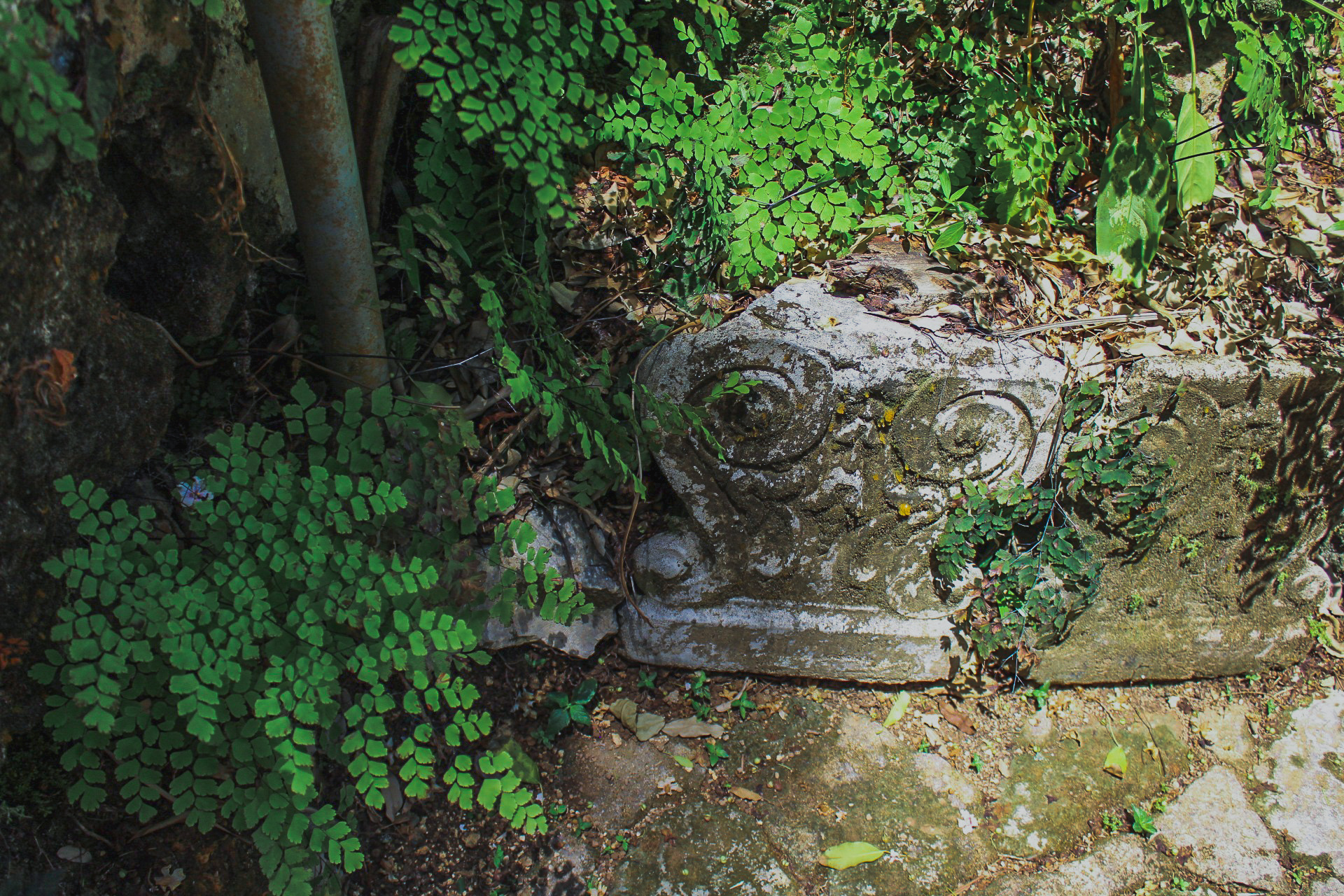
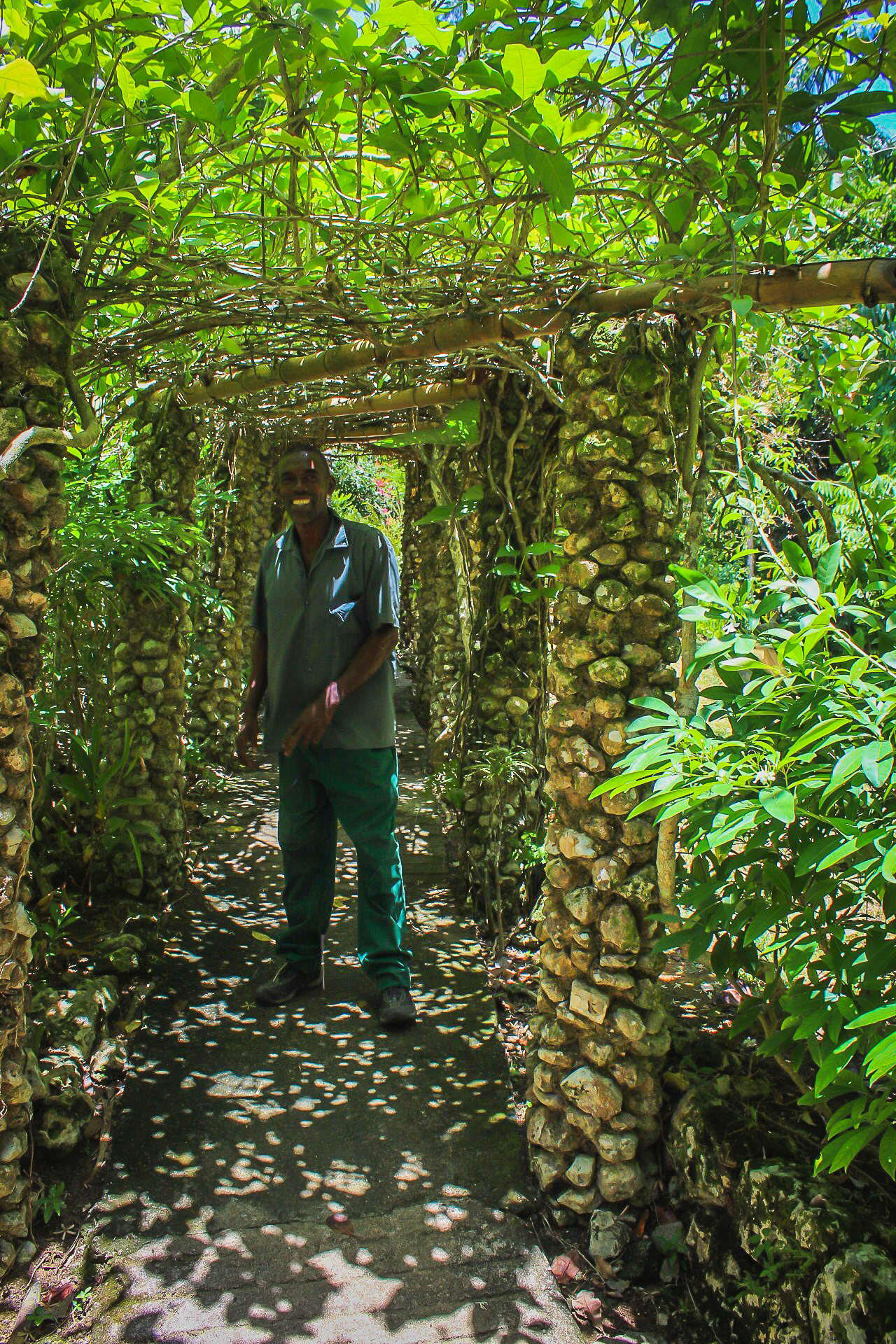
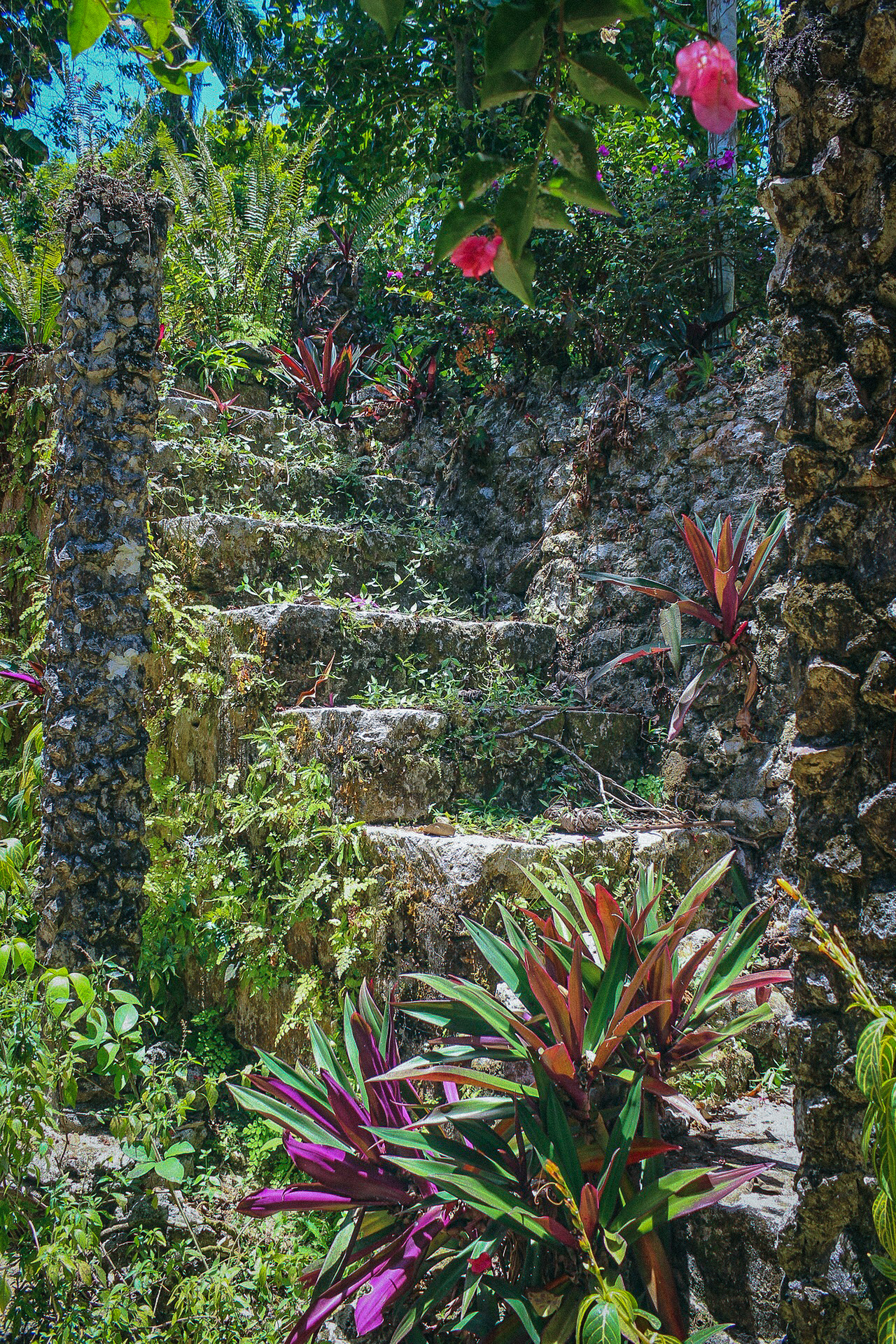
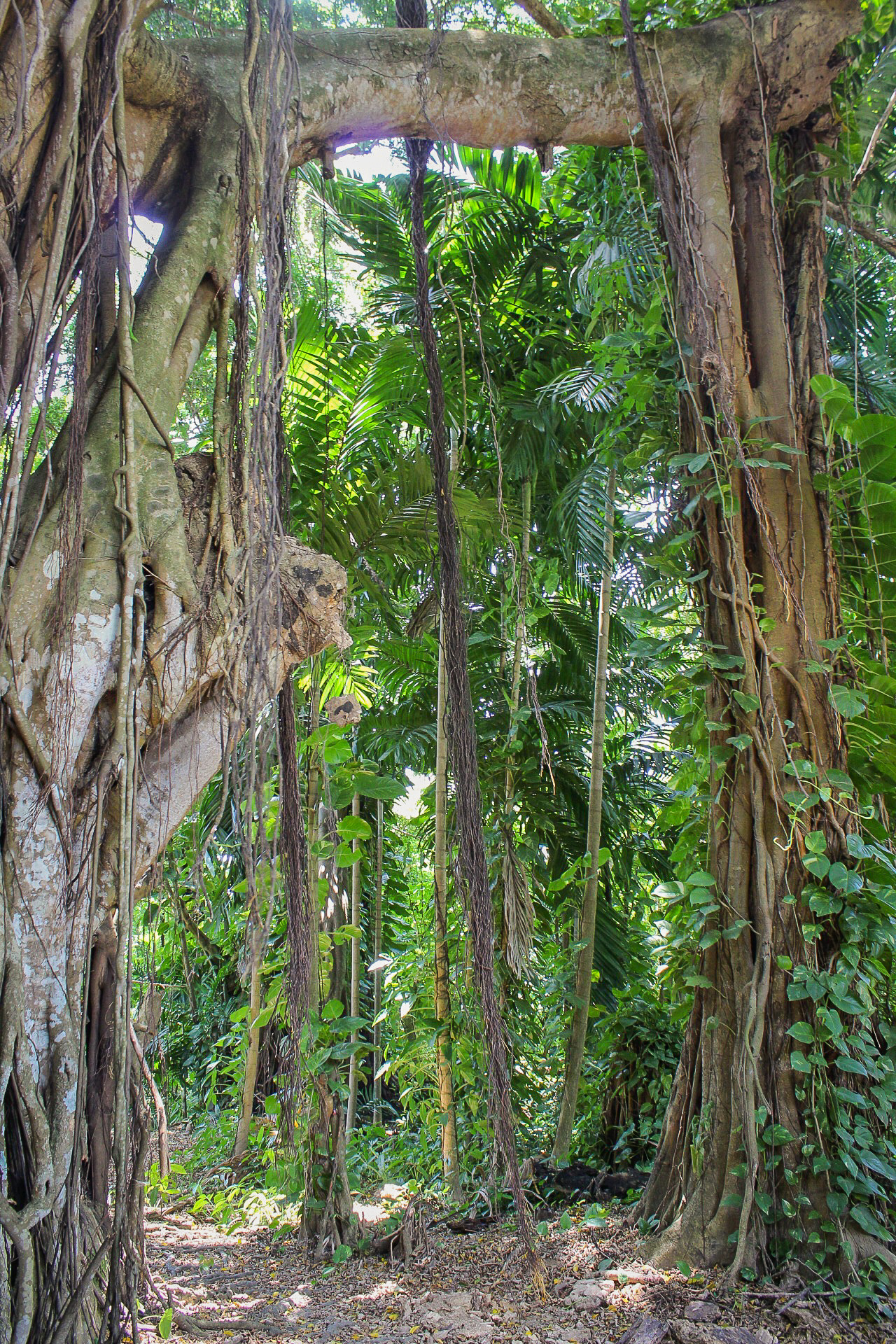
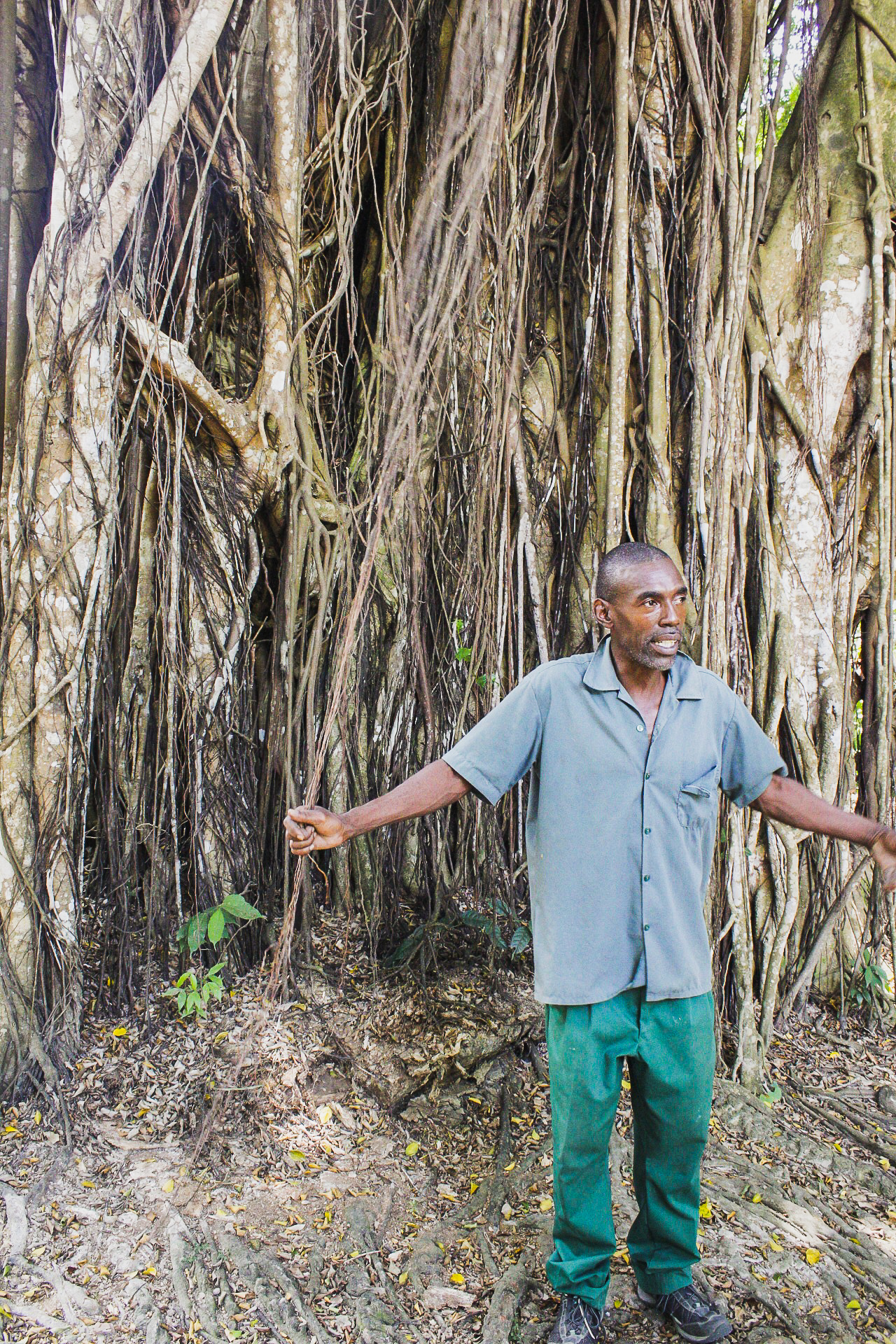
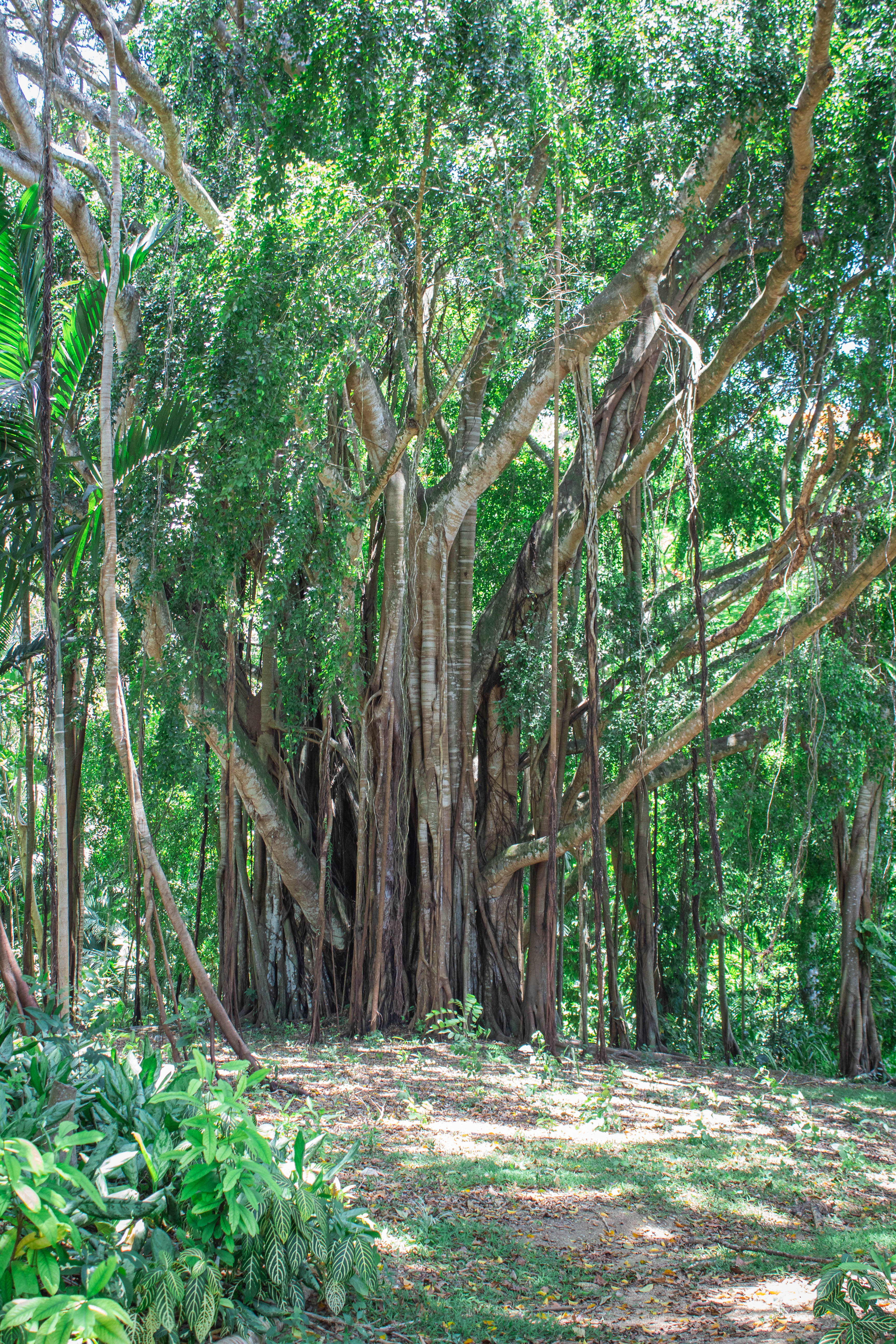
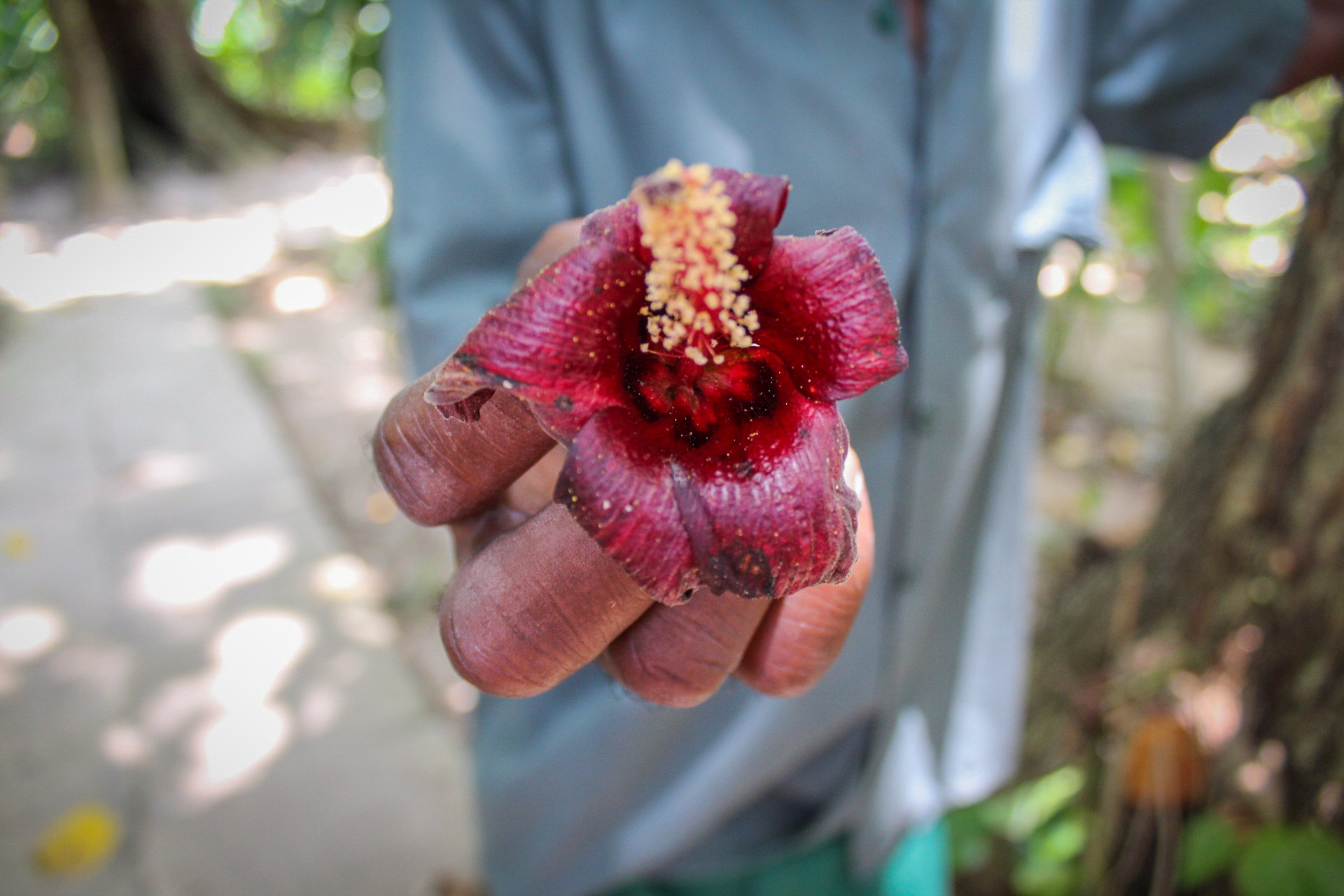
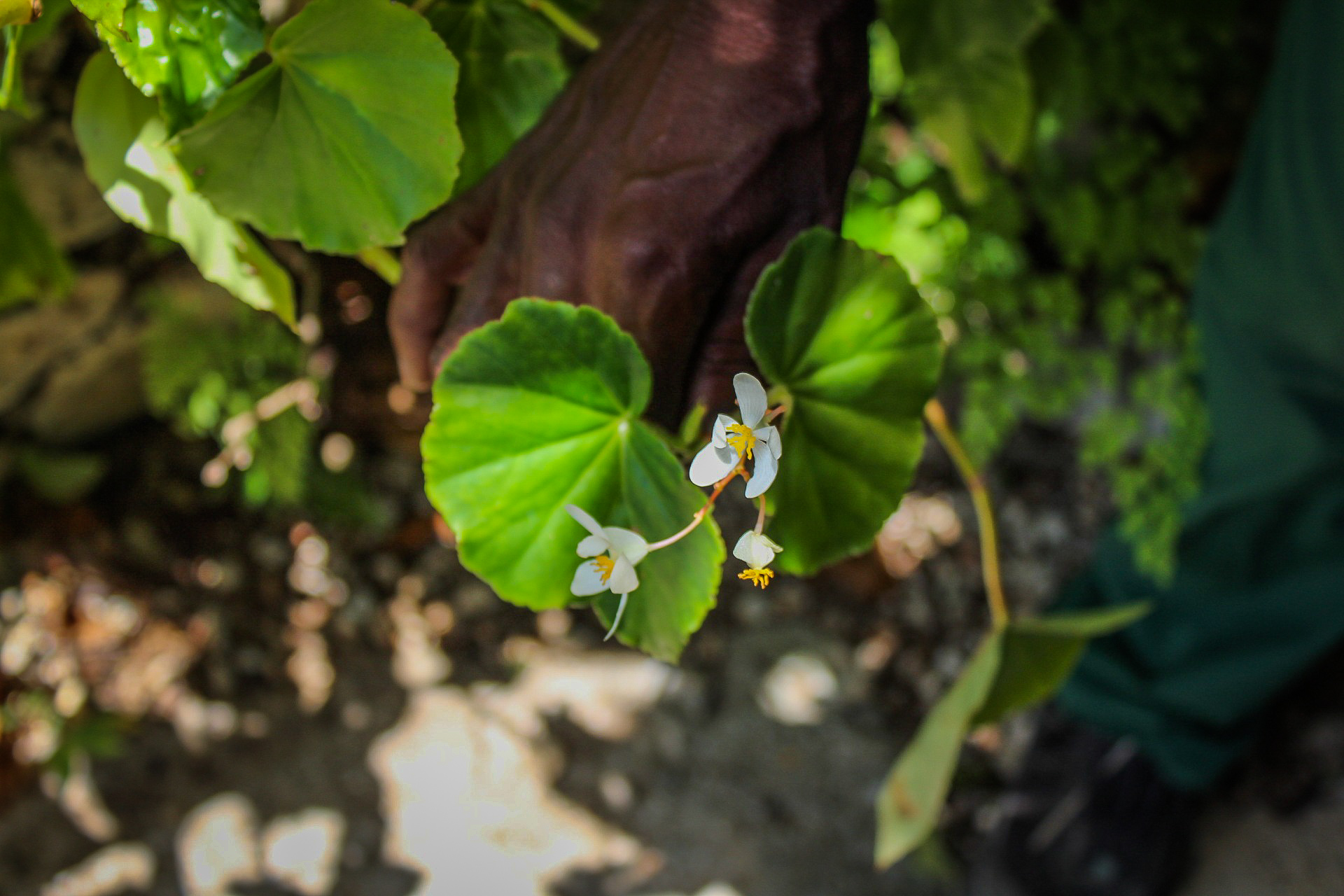
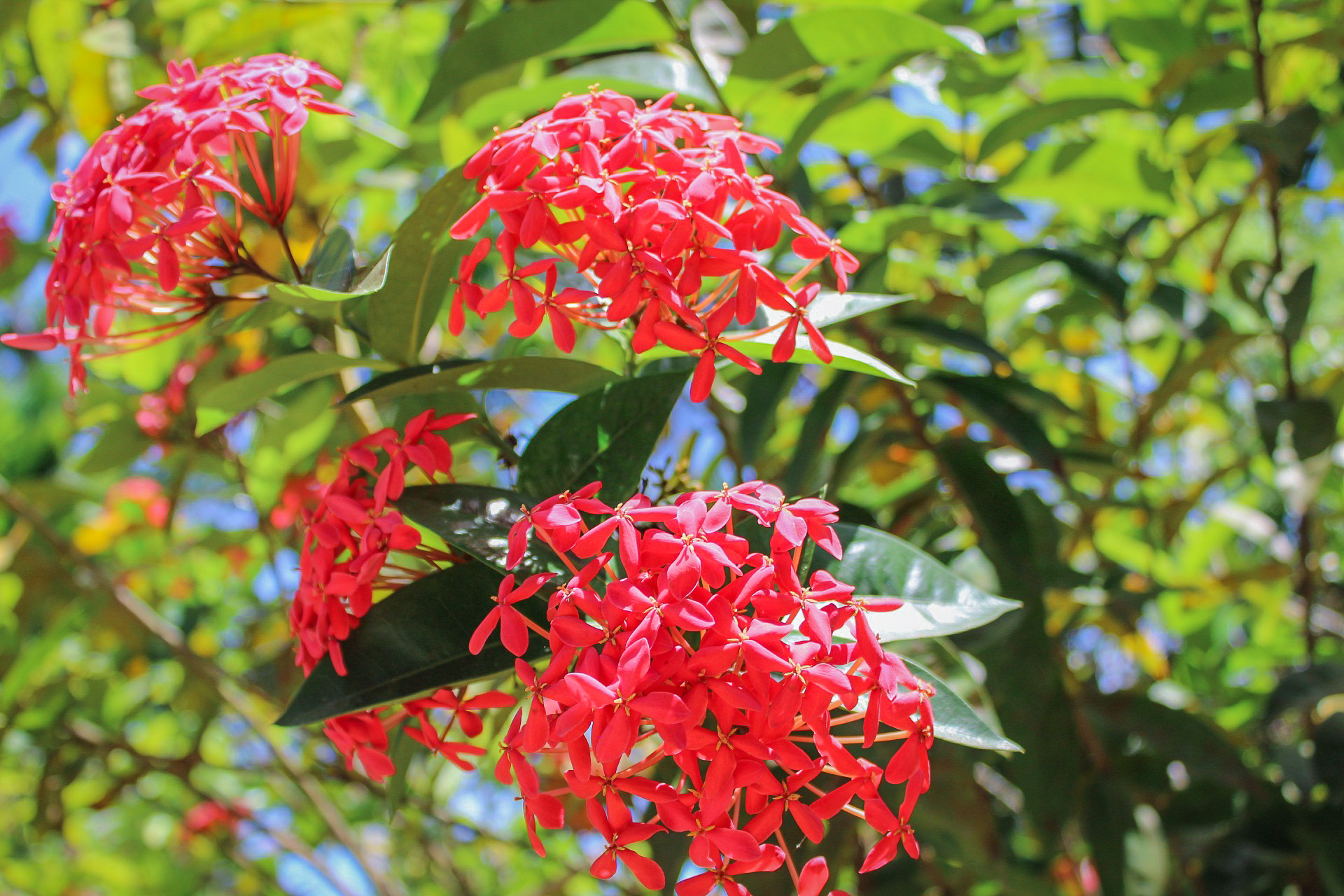

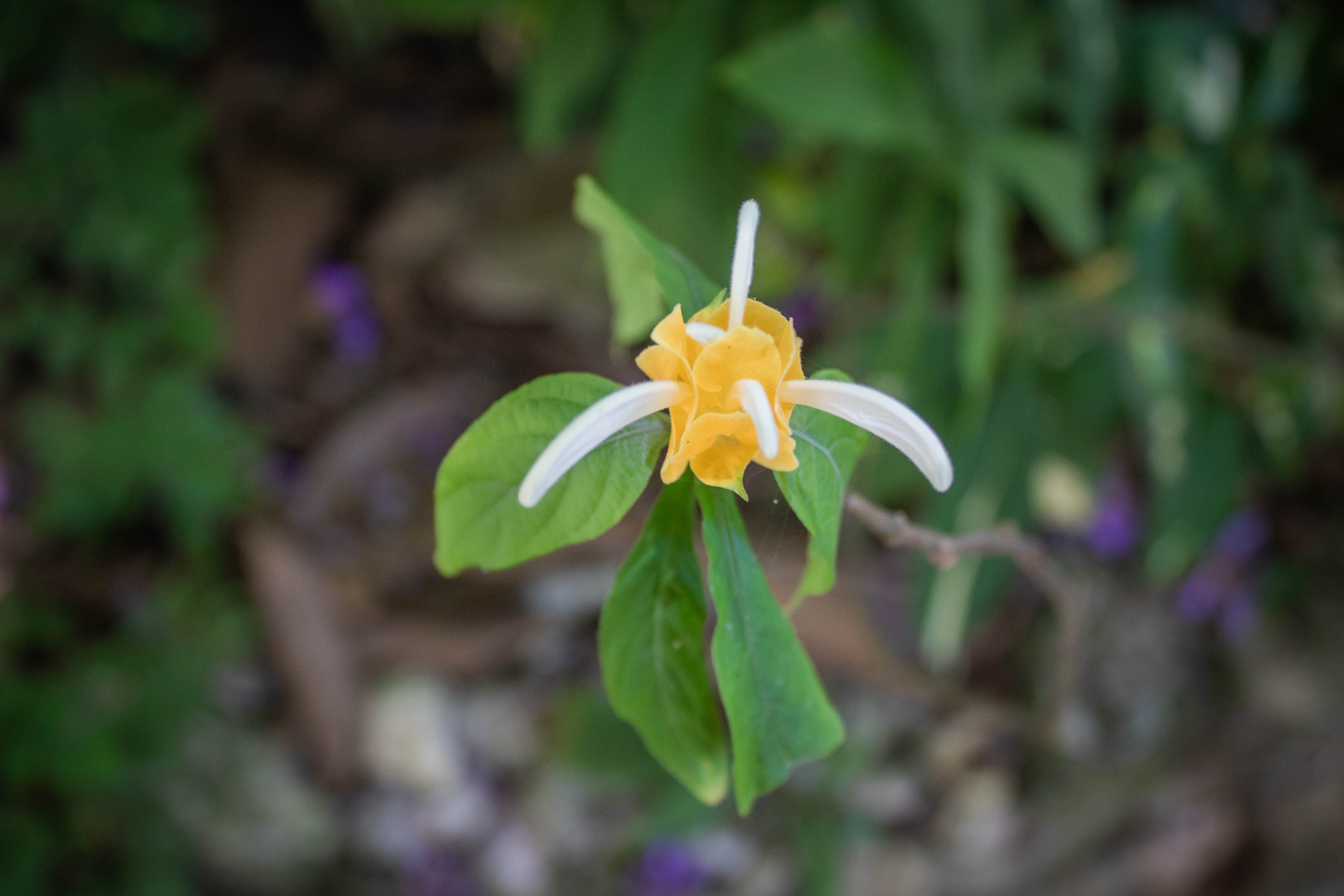
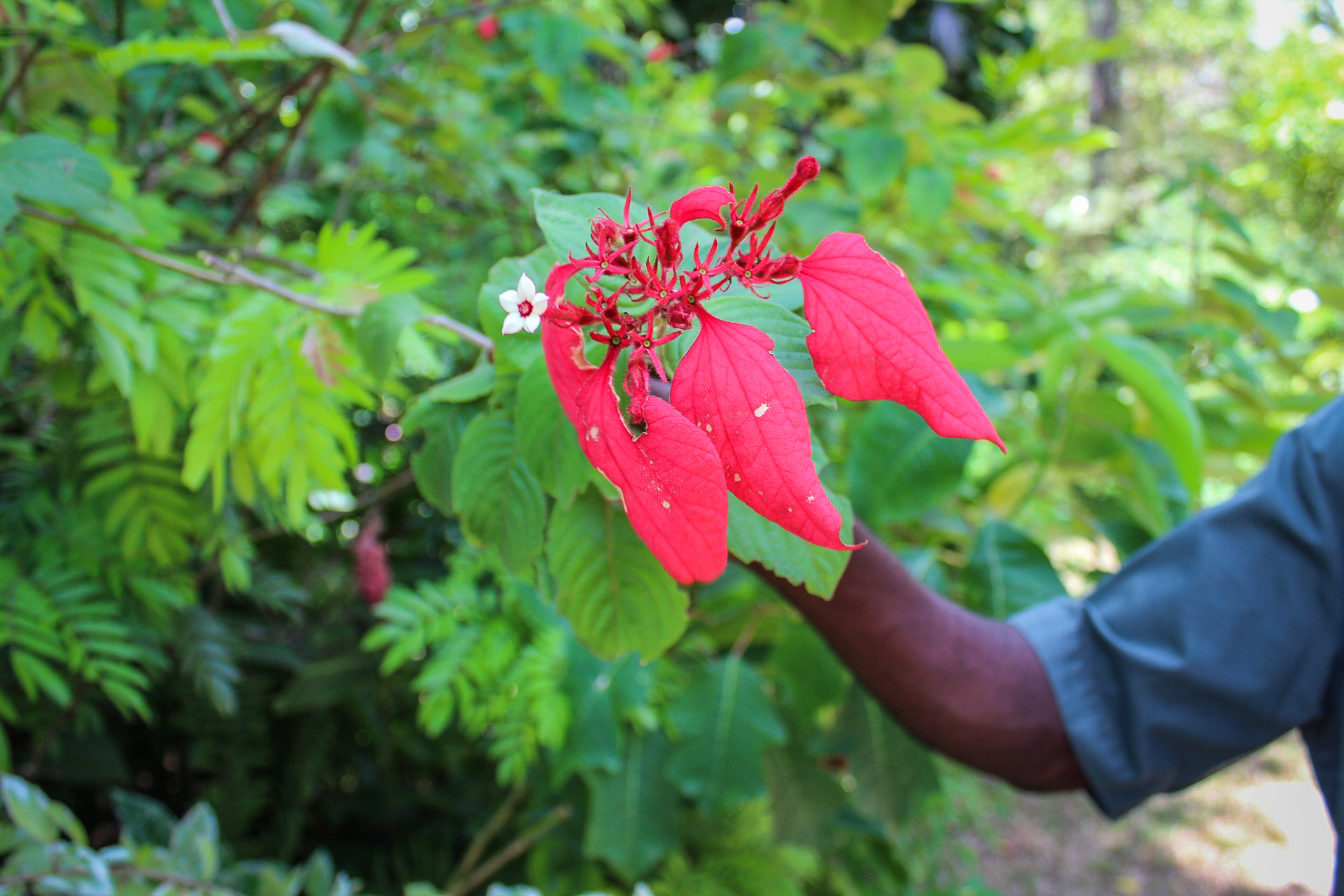
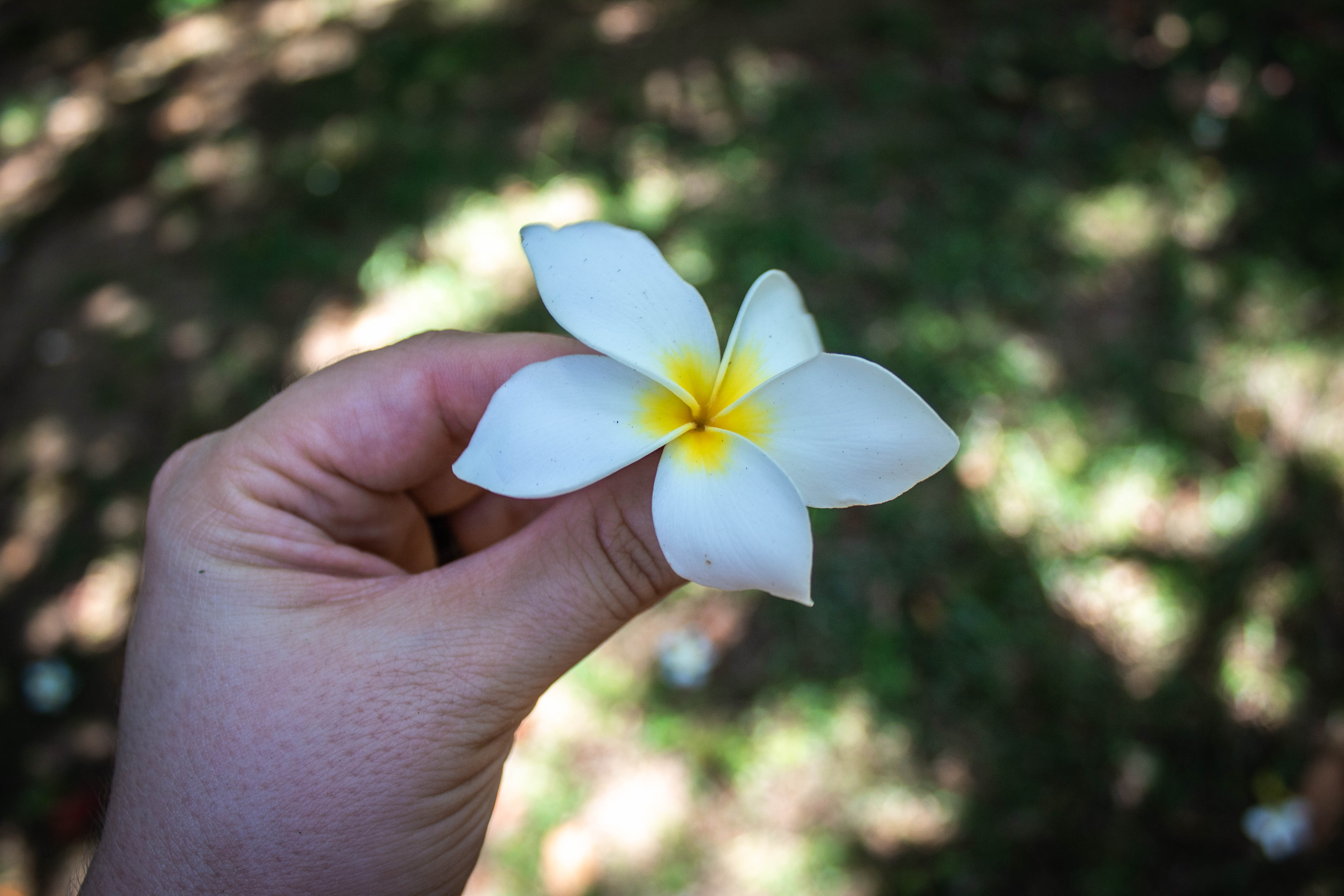

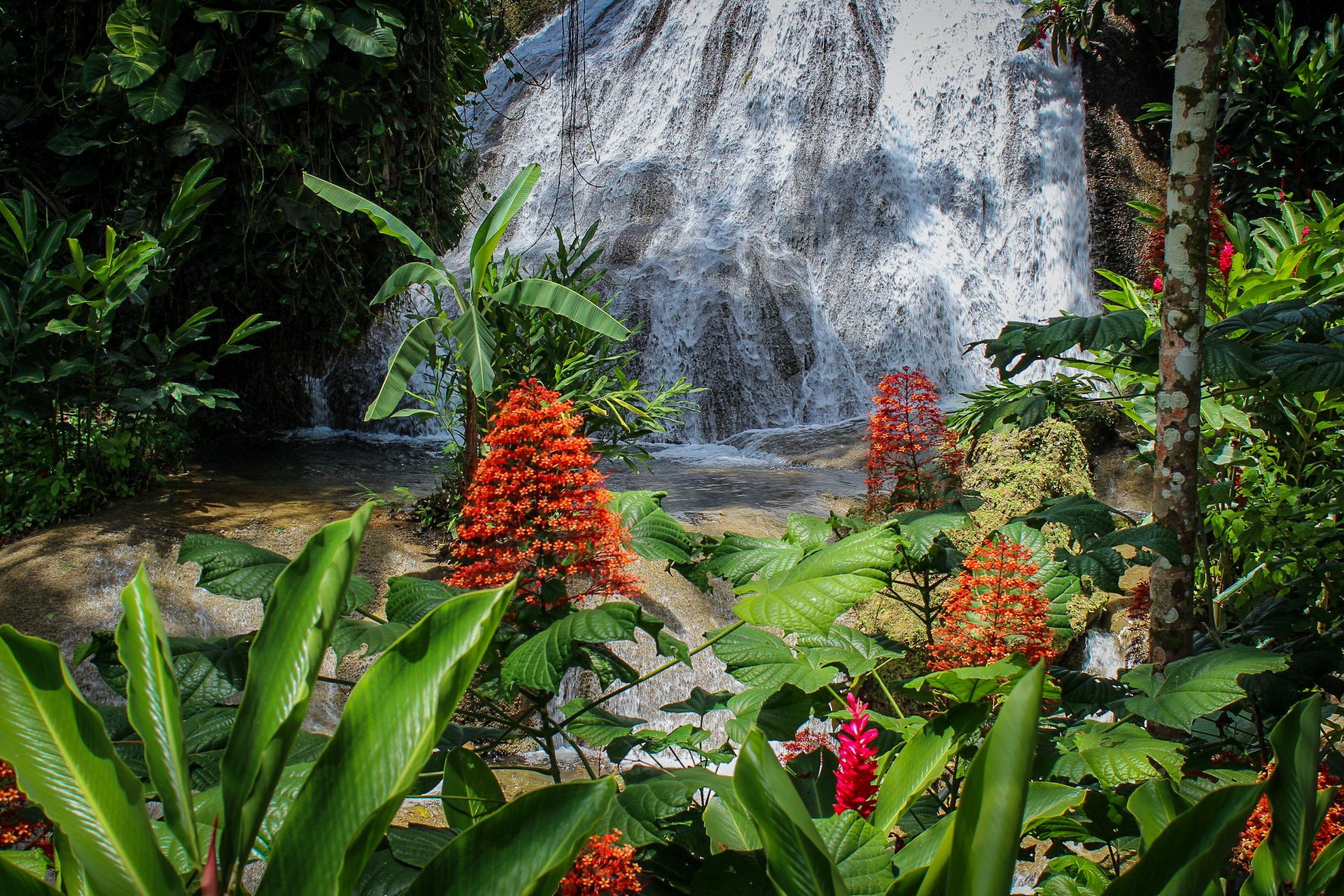
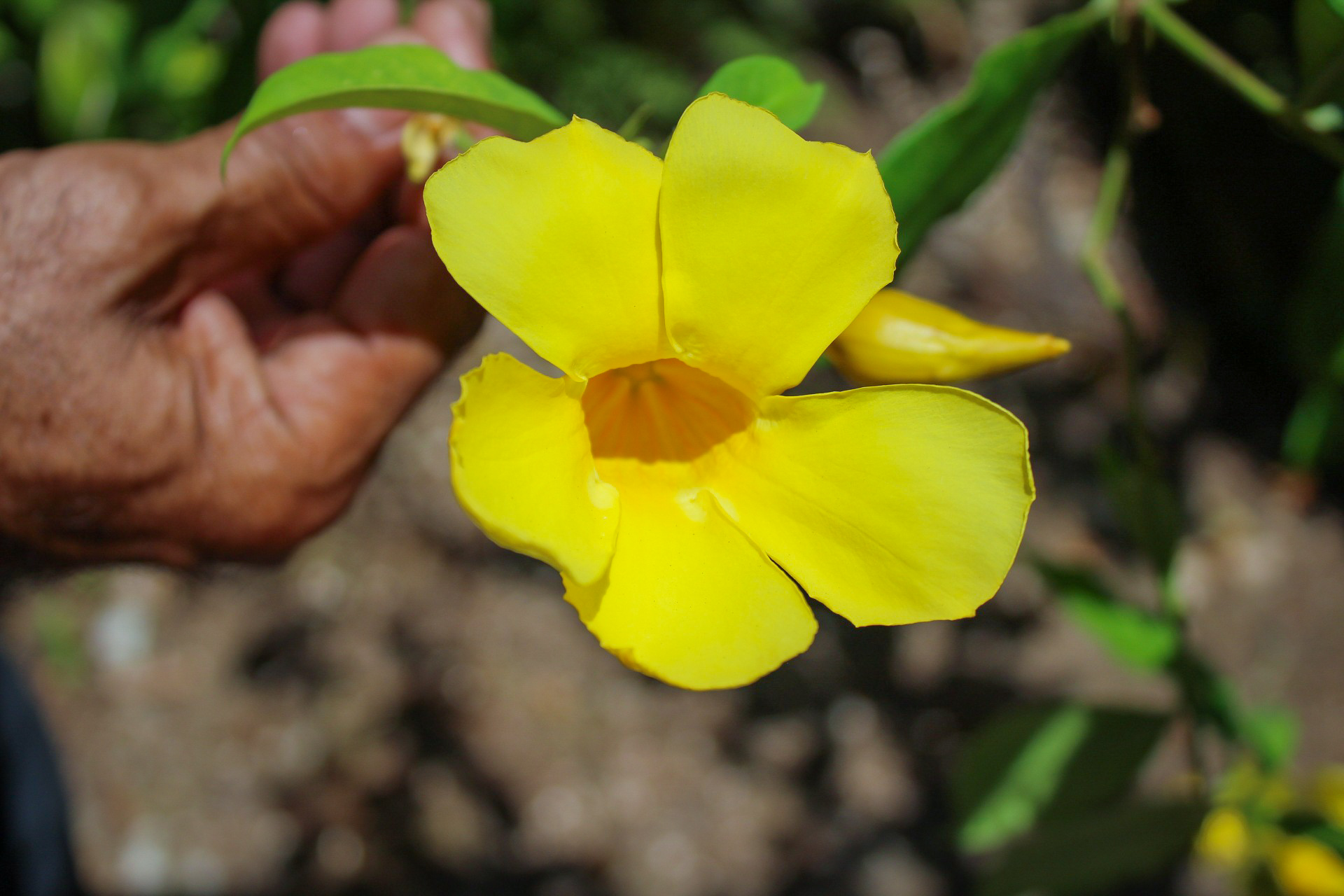
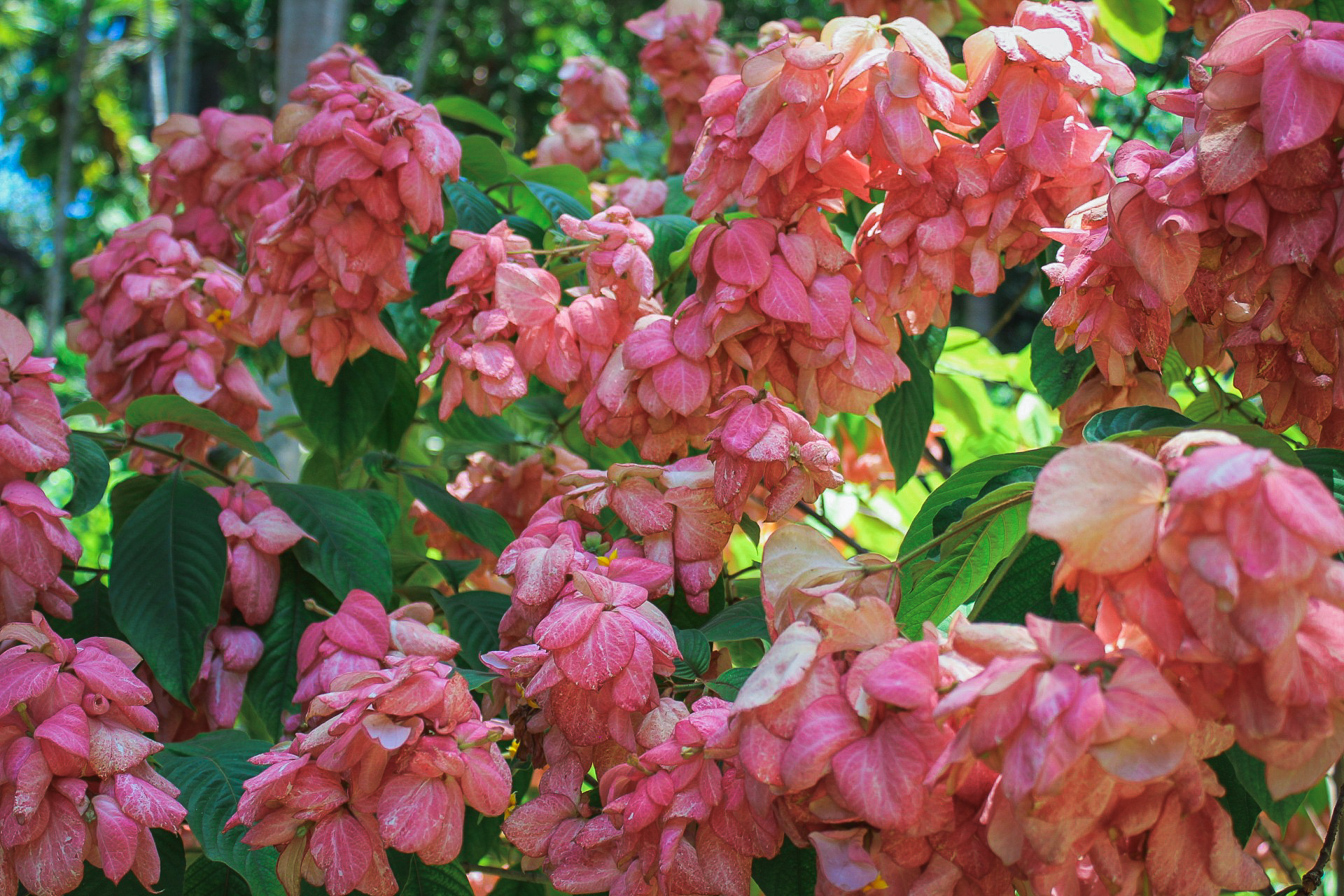
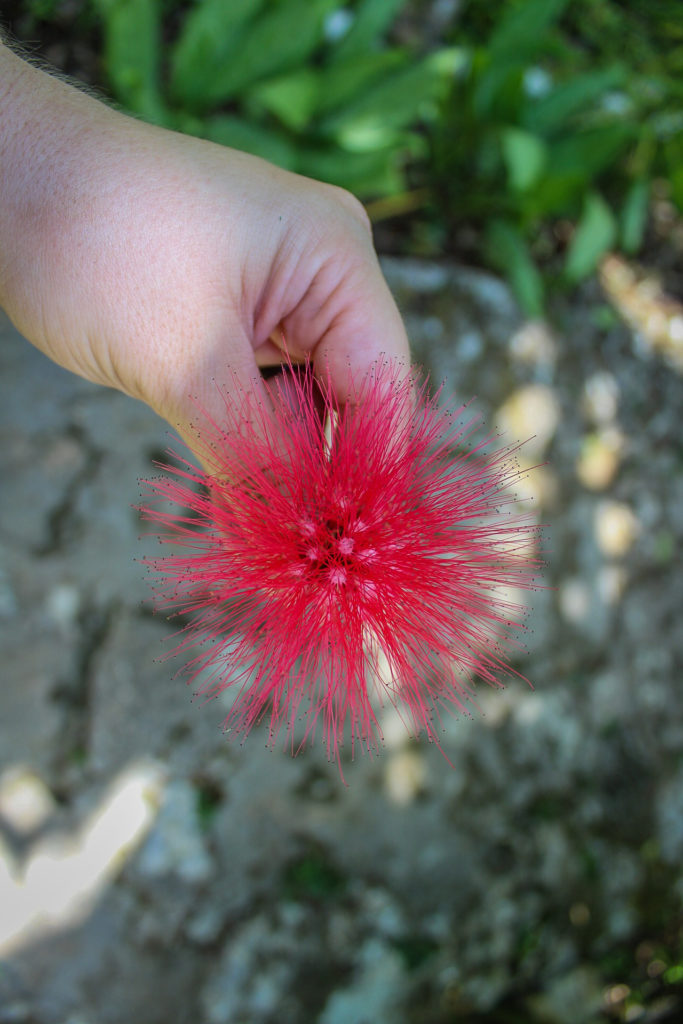

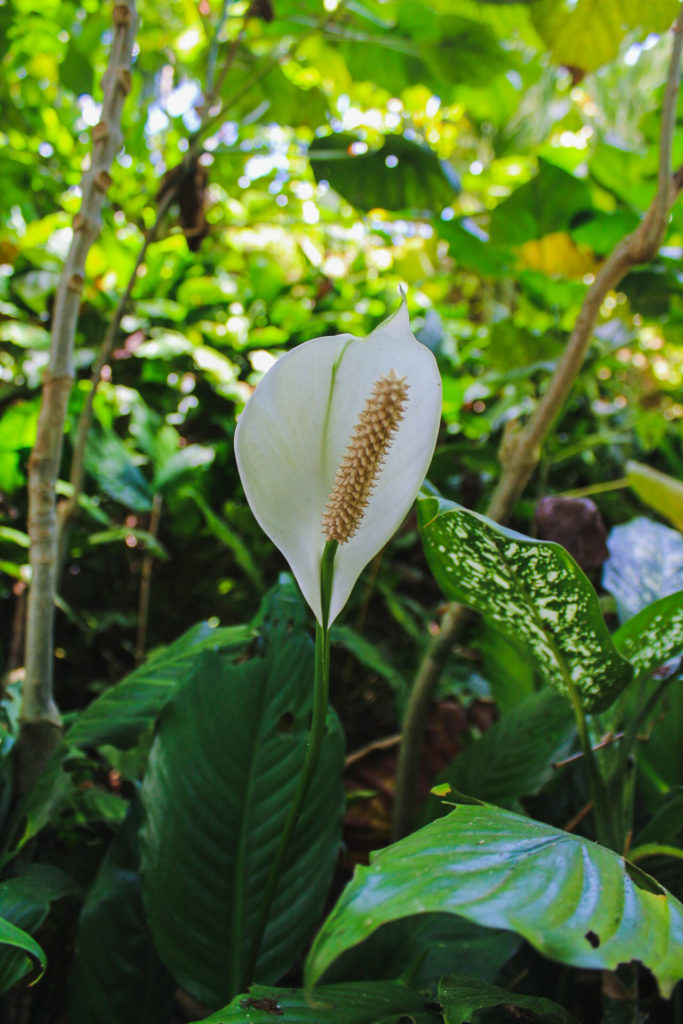
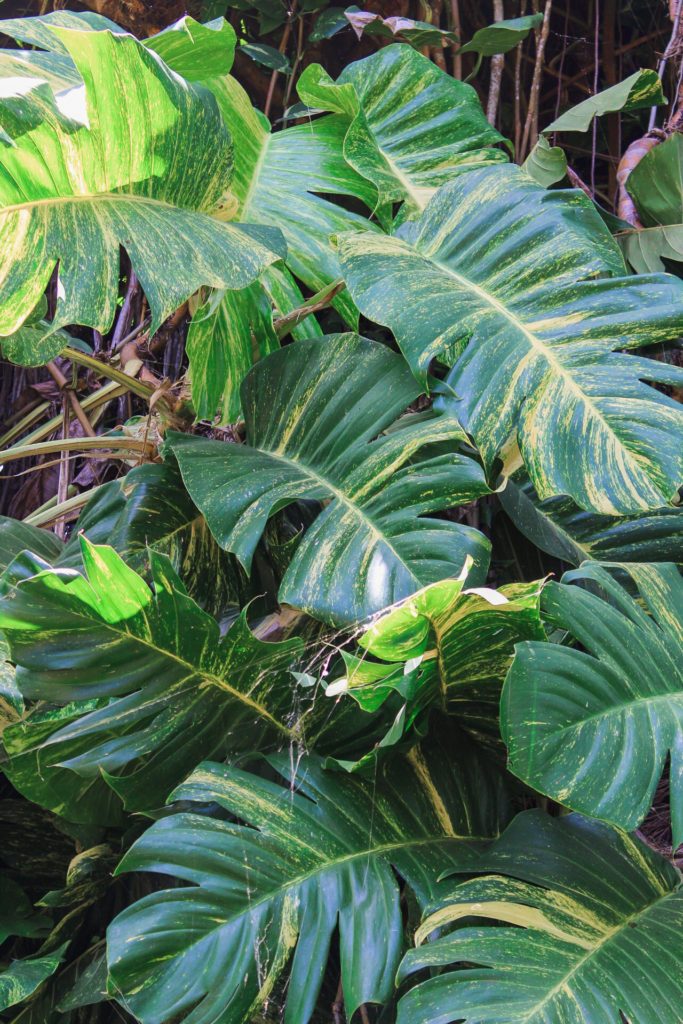
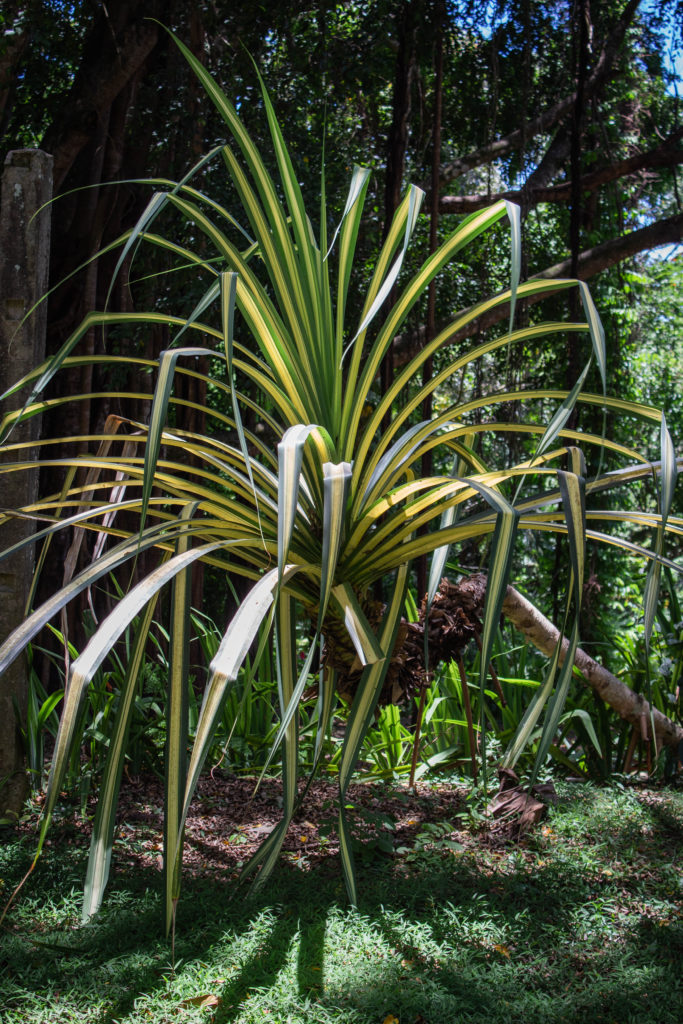



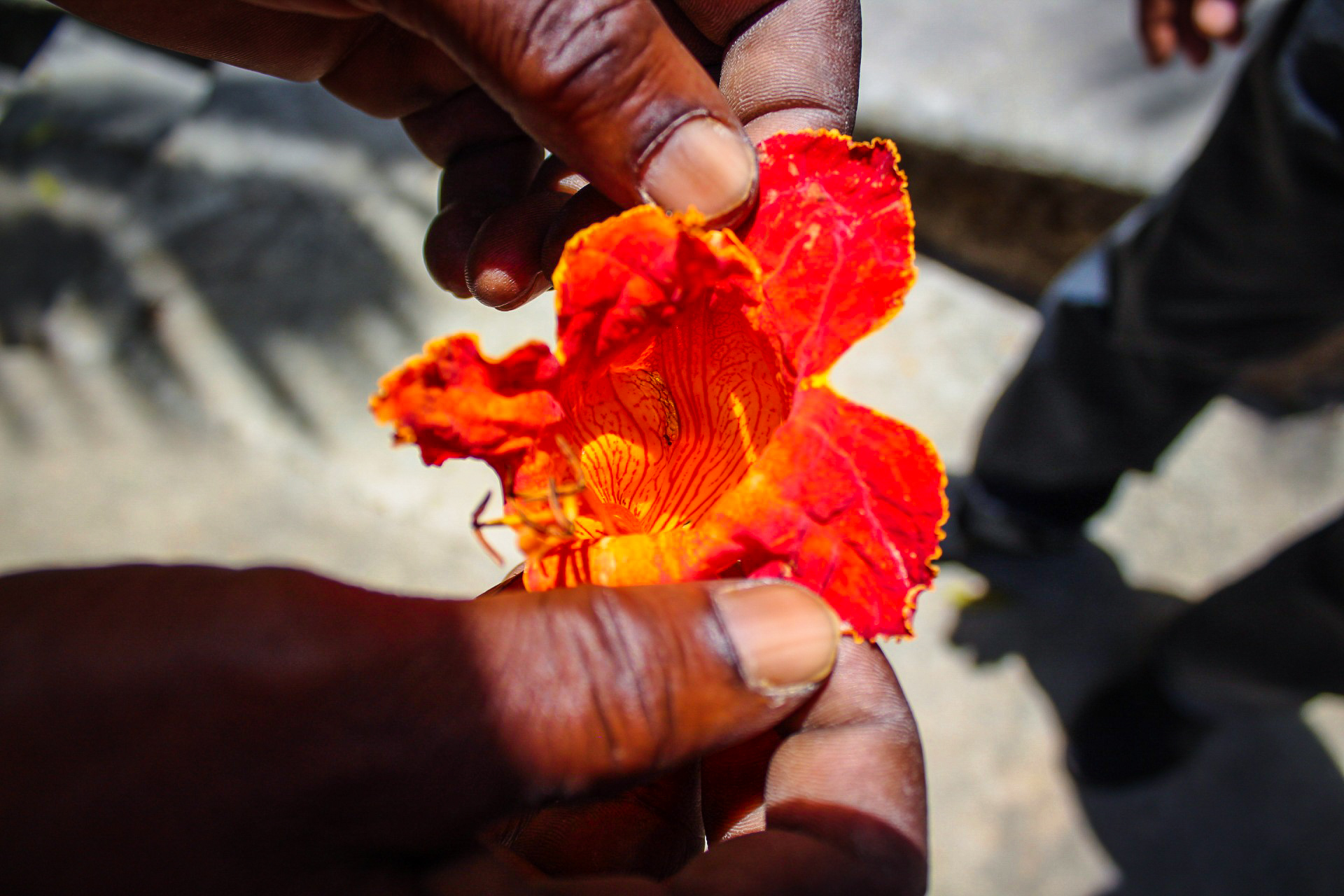

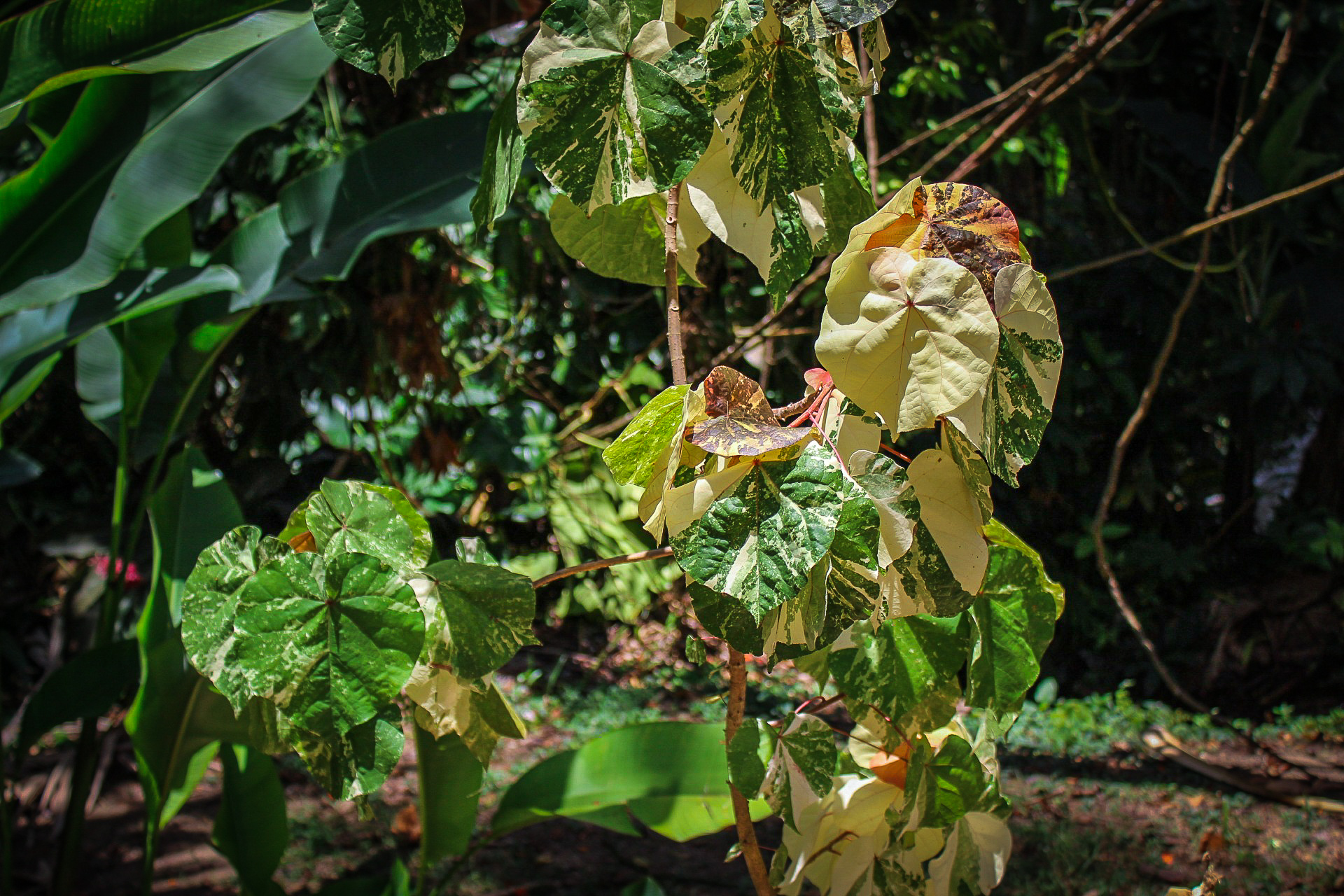
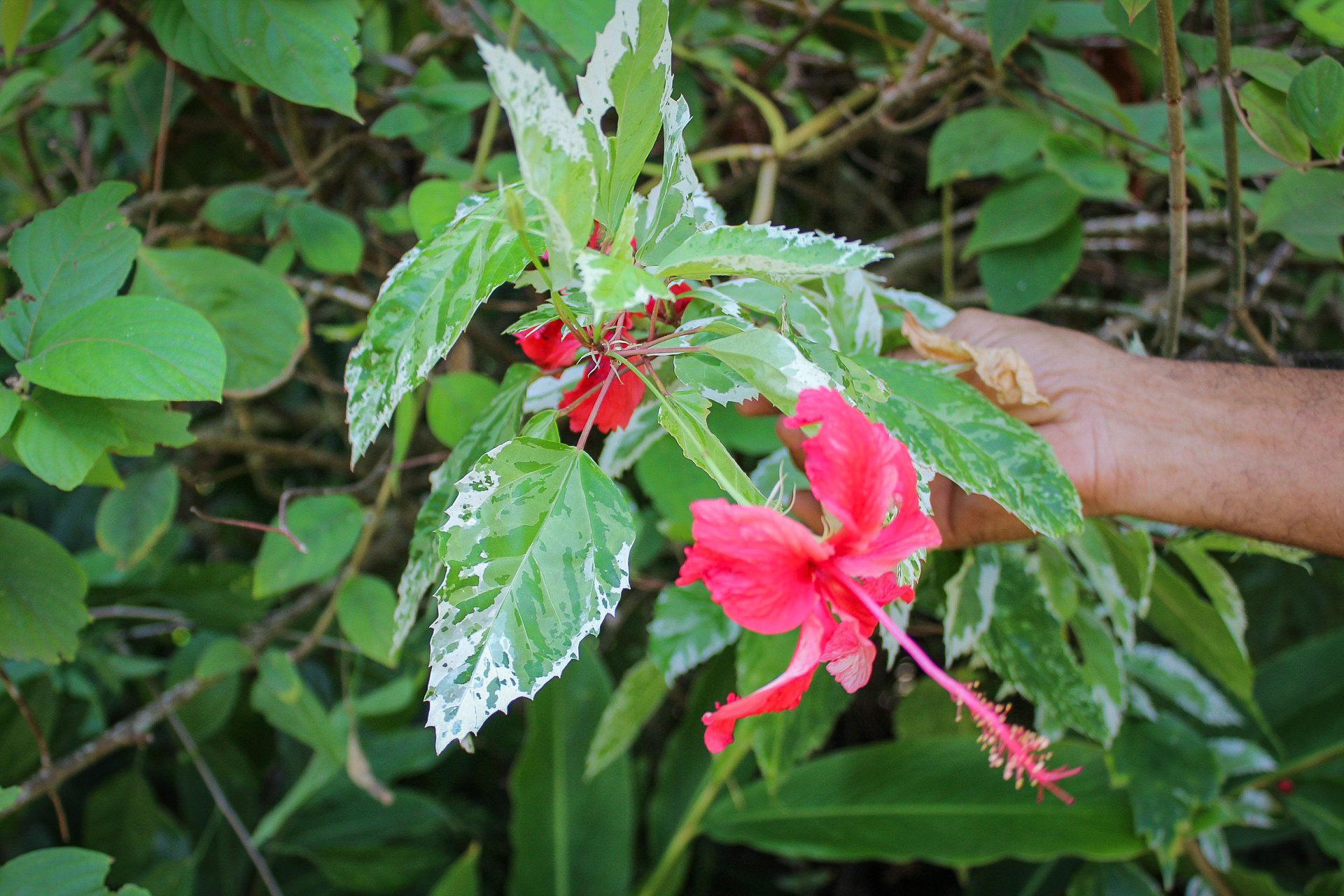
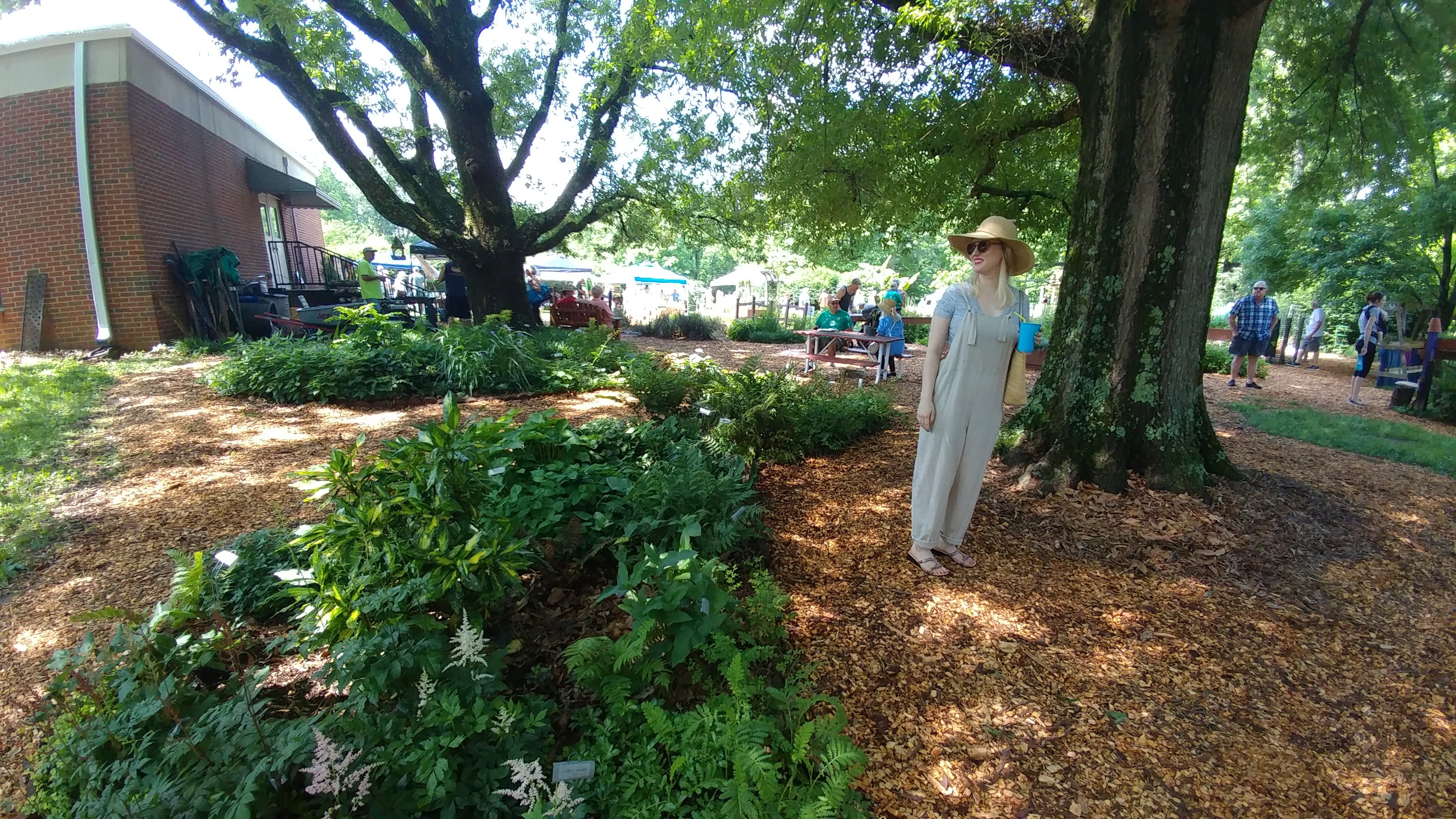

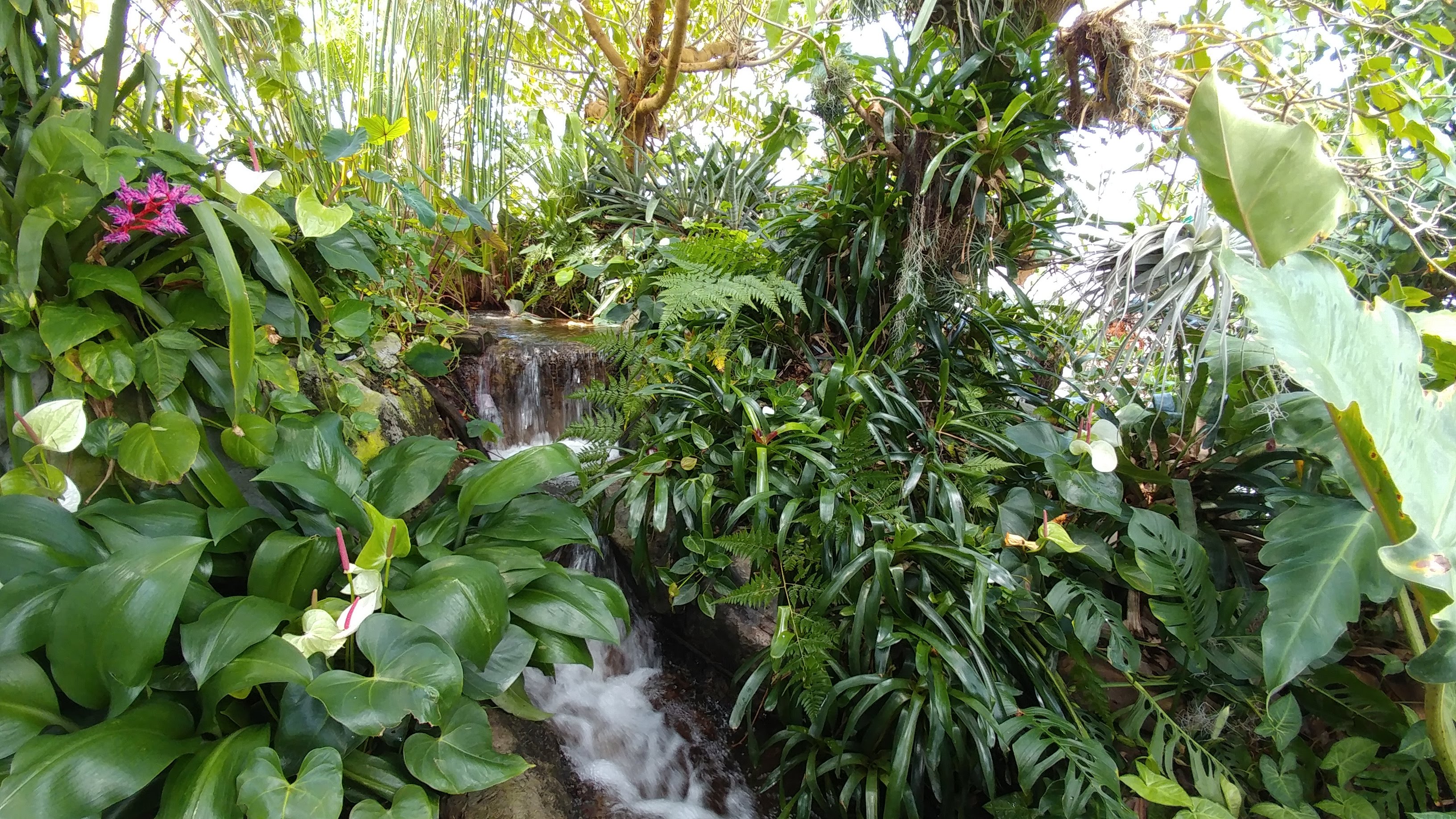
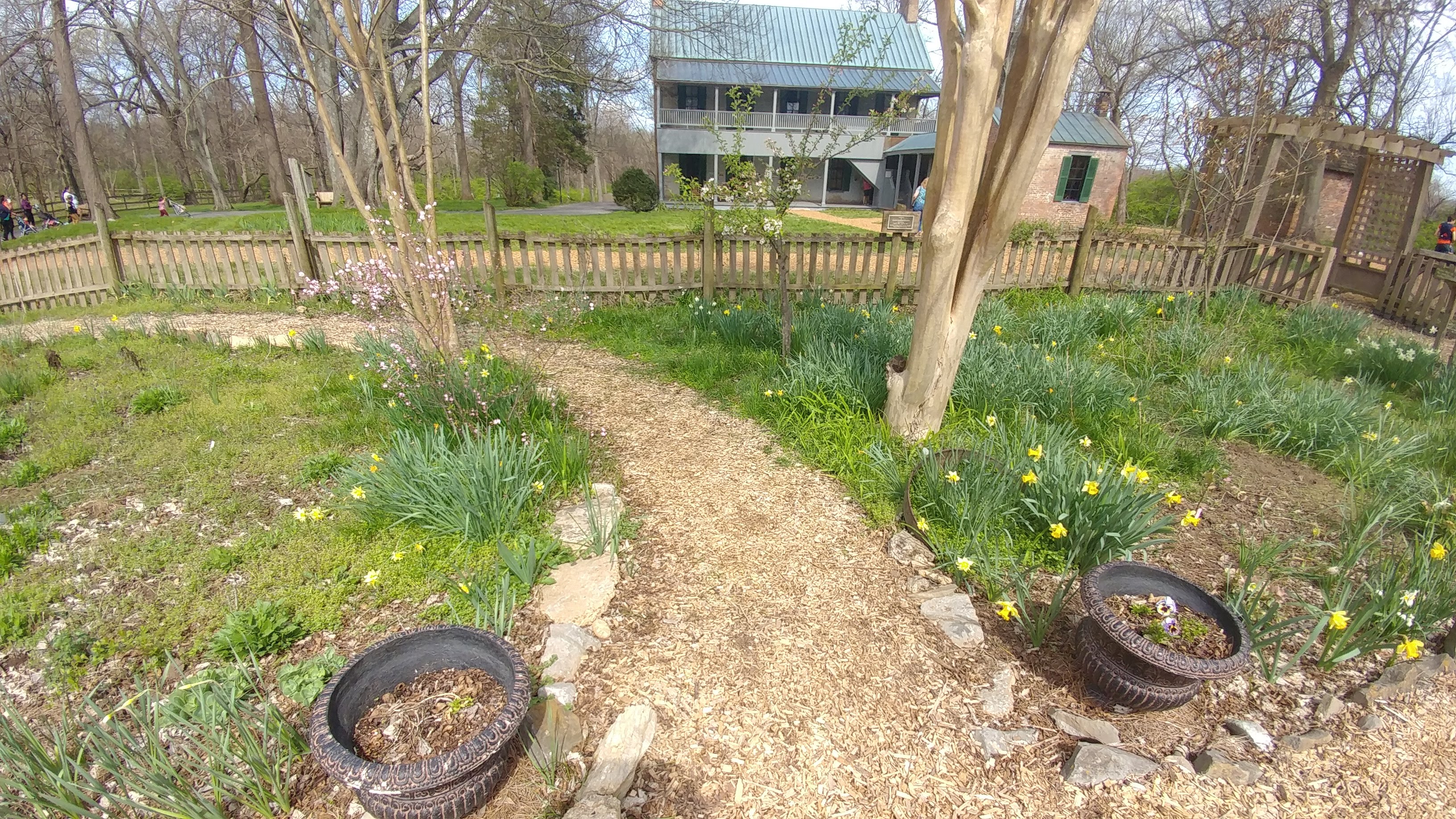
Oh my goodness, this post makes me want to go to Jamaica. Those banana spiders are beautiful and I especially love the Balls of Fire flowers. Great read!
Thank you so much Jordan – I appreciate the read! It is definitely so beautiful there. If you are ever planning a trip, I will have to give you some suggestions!